
Ready to elevate your website to heights, with this SEO checklist crafted to enhance performance and boost your digital footprint—lets get started!
1. Tracking SEO Performance
Before diving, into SEO strategies and optimizations it’s crucial to monitor your progress.Make sure you’re equipped with tools to get started effectively.
- Google Analytics 4: This tool helps you see how people are finding and using your website.
- Google Search Console: This tool shows how your site is doing in Google search results.
Make sure to set these up first!
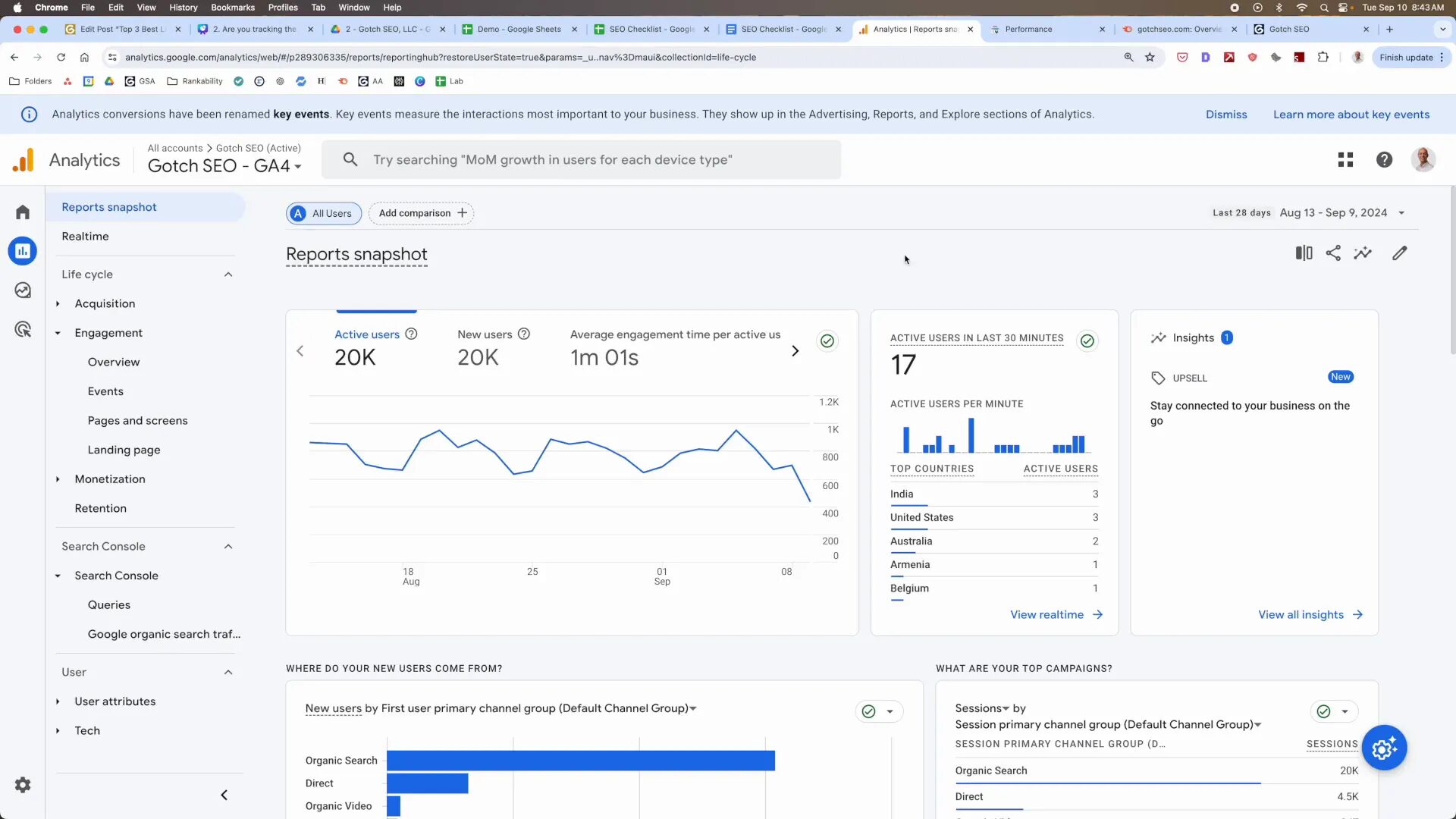
2. Important SEO KPIs
Make sure to keep an eye out for the Key Performance Indicators (or KPIs). These indicators can be categorized into two types;
- Leading Indicators: These are actions you take today that will help in the future. Track how many pages you optimize and how many new pages you create.
- Lagging Indicators: These show your results later, like how much traffic you get and how many keywords you rank for.

3. Is Your Website Crawlable and Indexable?
Make sure your website can be accessed and included in Google search results by checking with the Chrome extension to confirm that your pages are configured to “index follow.” If it indicates “no index ” you may encounter an issue!
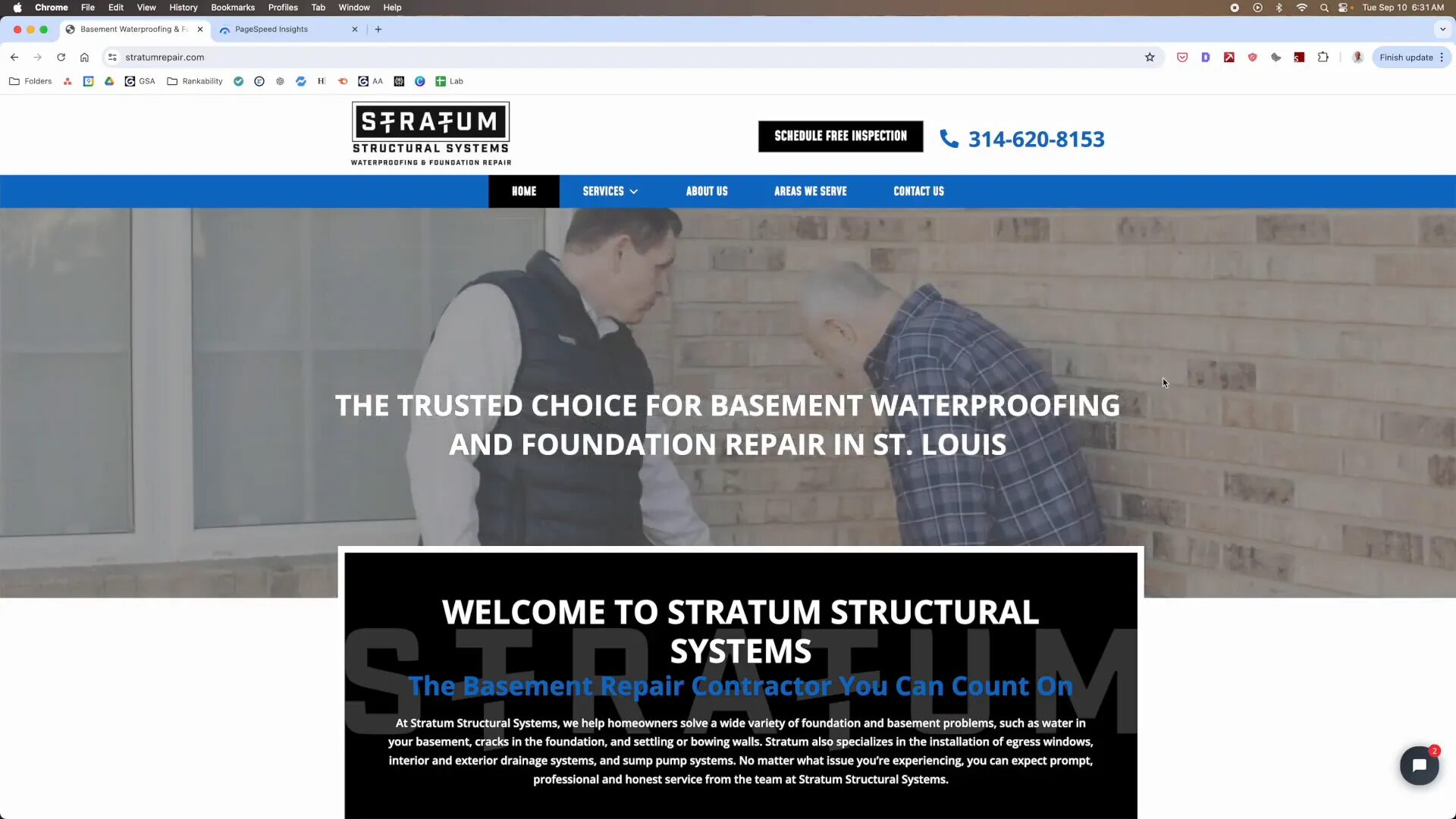
4. Mobile-Friendliness
Ensure that your website functions efficiently, on devices you can verify this by utilizing the Lighthouse tool, in Chrome.
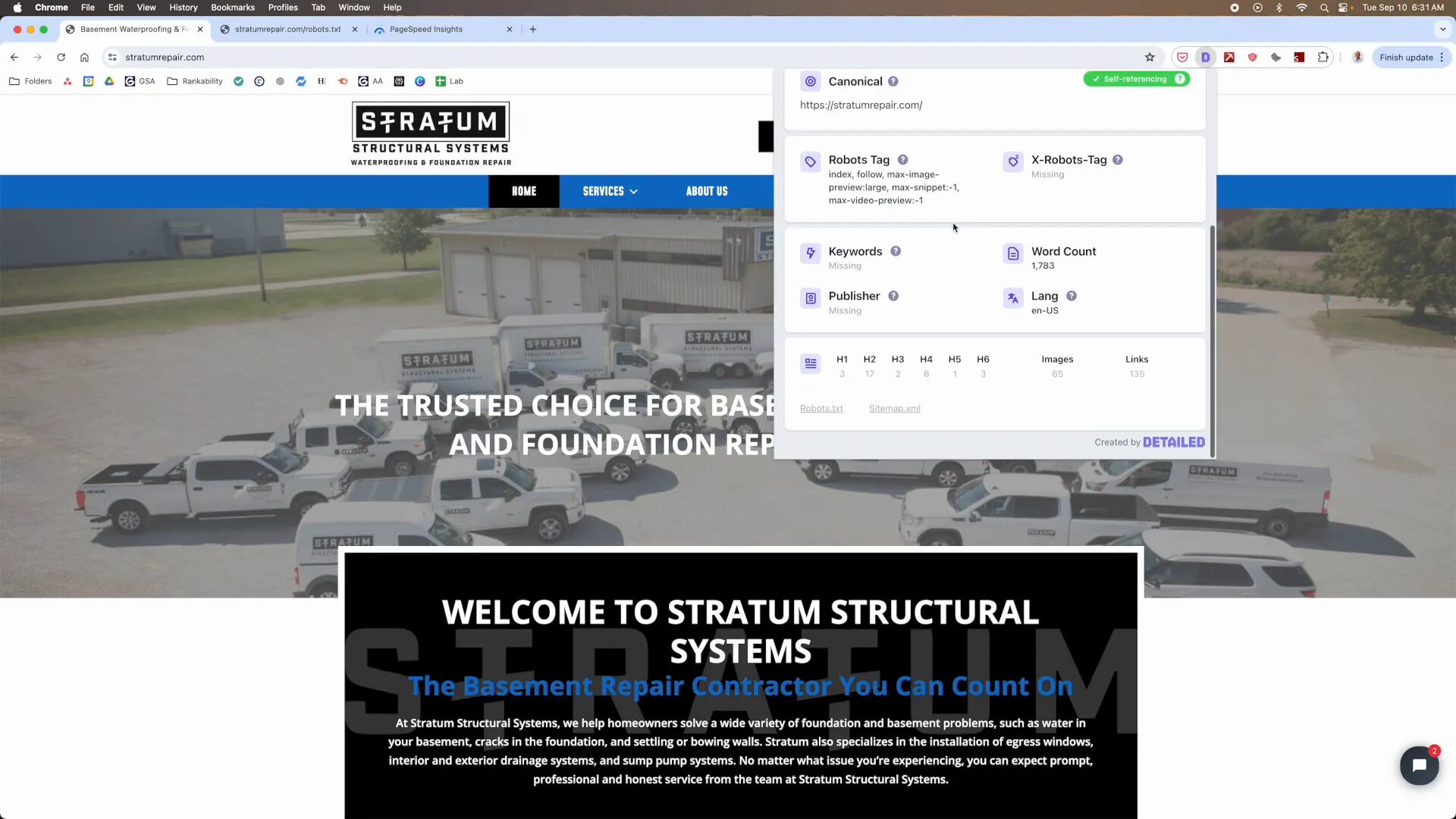
5. Website Loading Speed
Try using the PageSpeed Insights tool to check the loading speed of your website and aim for a score ranging from 50 to 89 for performance.
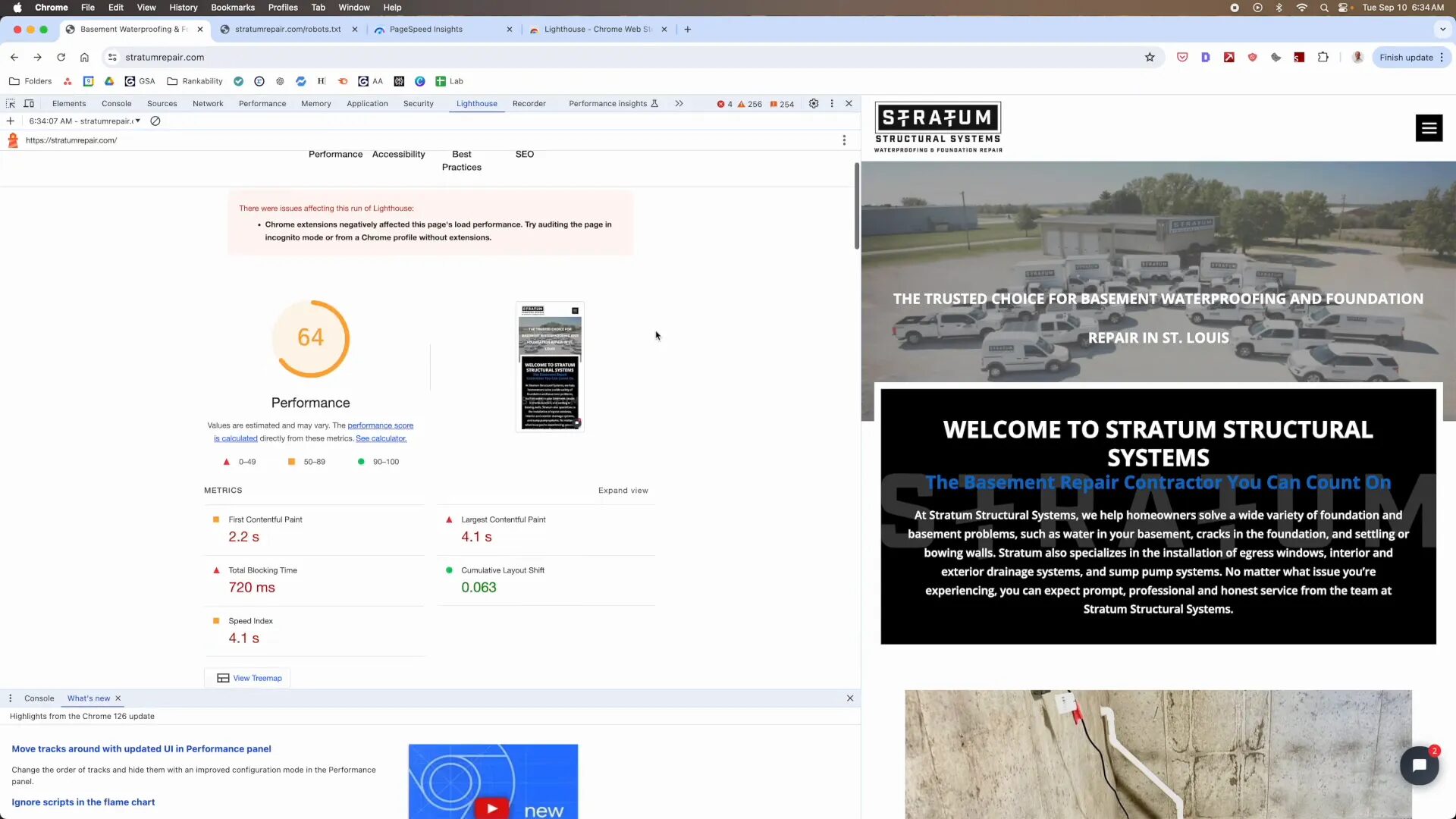
6. SSL Certificate
Make sure to see if your website possesses an SSL certificate by examining the URL for “https;//”. This measure helps maintain the security of your website!
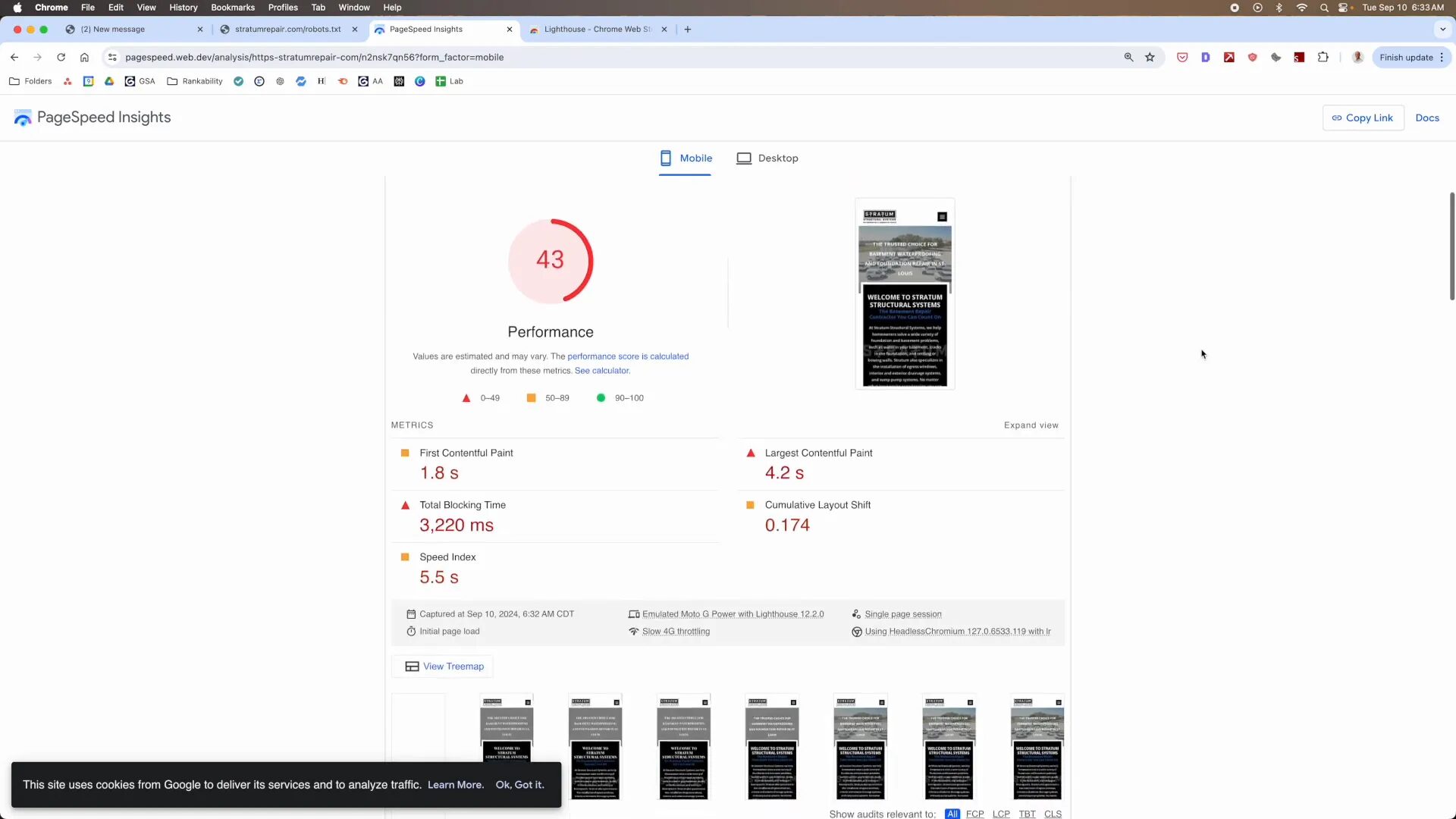
7. Modern and Updated Design
Ensure that your website has an appearance as a designed layout plays a key role, in establishing credibility with your site visitors.
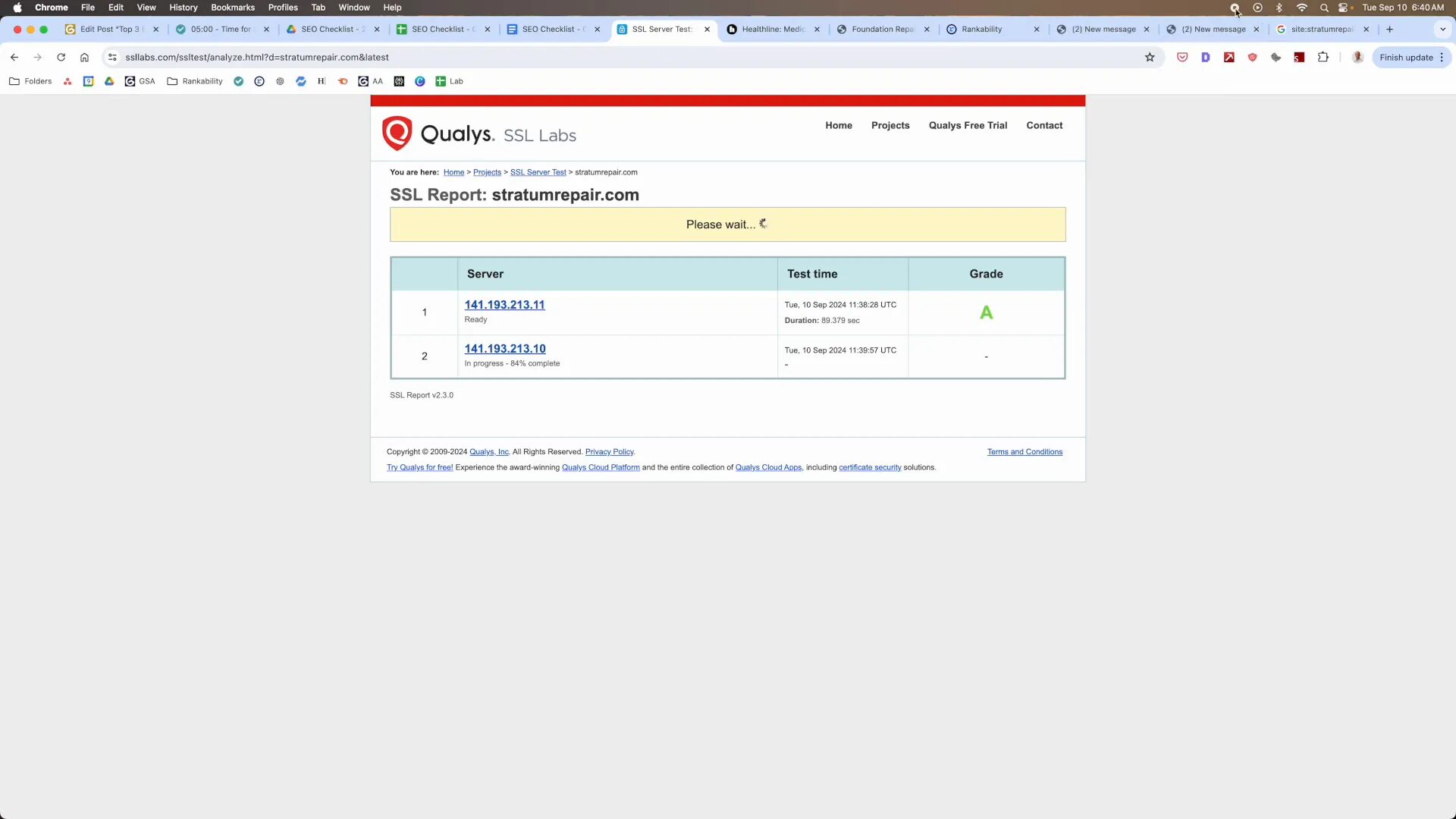
8. Avoid Aggressive Popups
Avoid using pop ups that interrupt the users browsing experience as they may negatively impact your SEO performance.
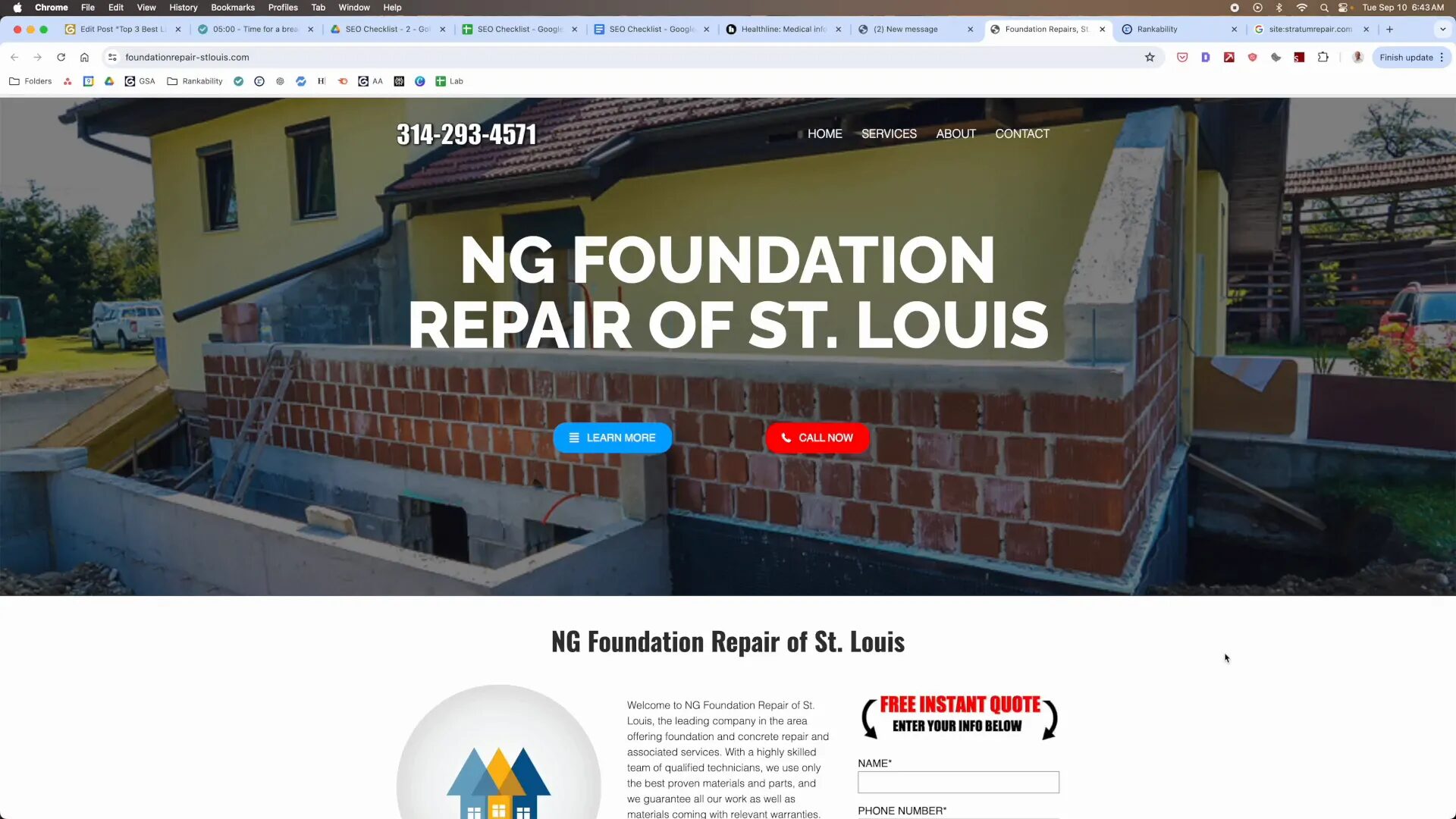
9. Ad Placements
Watch out for advertisements as they might divert users attention away, from your content.
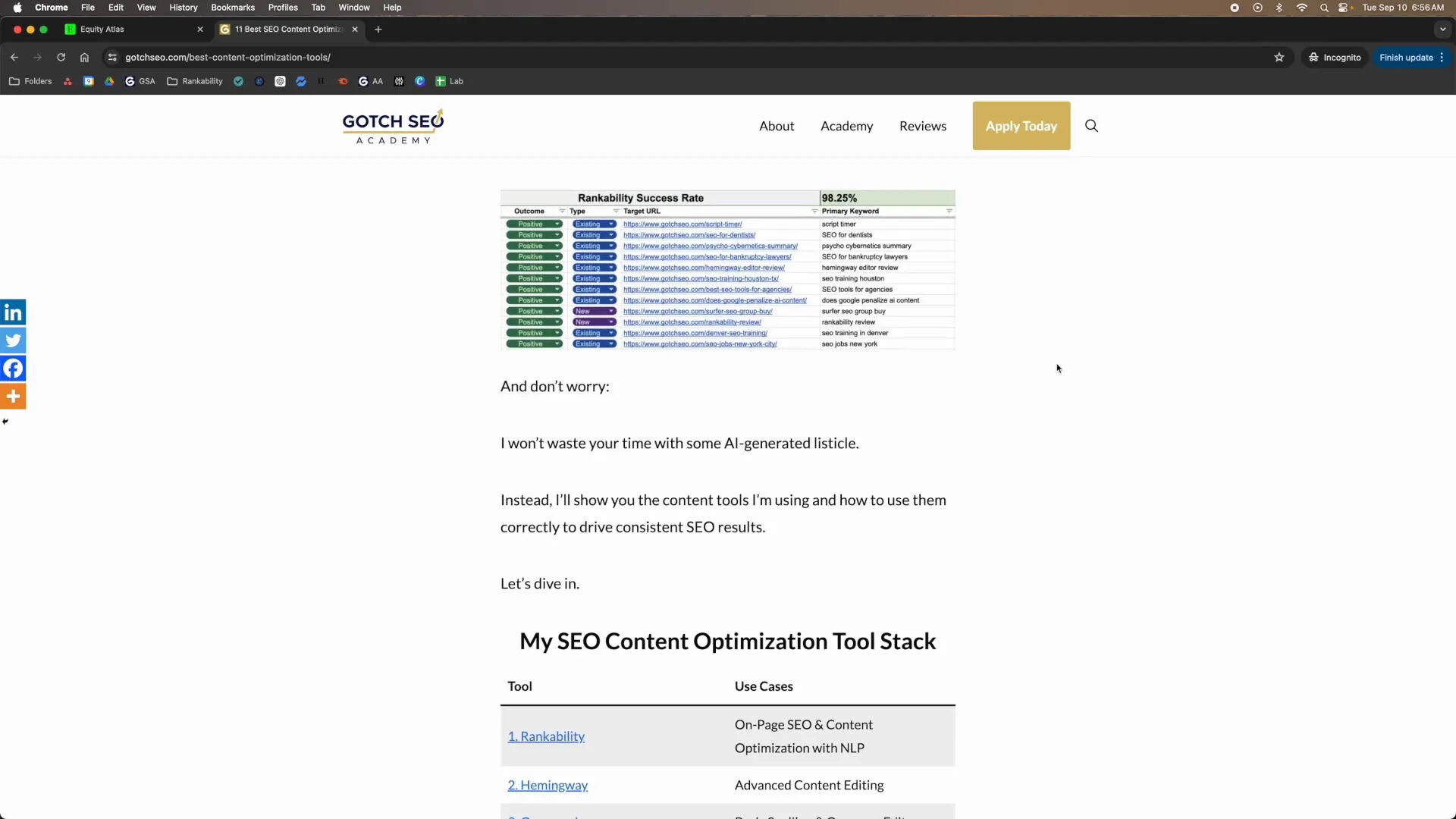
10. Trust Pages
Websites need to include trust pages such, as a privacy policy and terms of service to establish credibility and trust with their visitors.
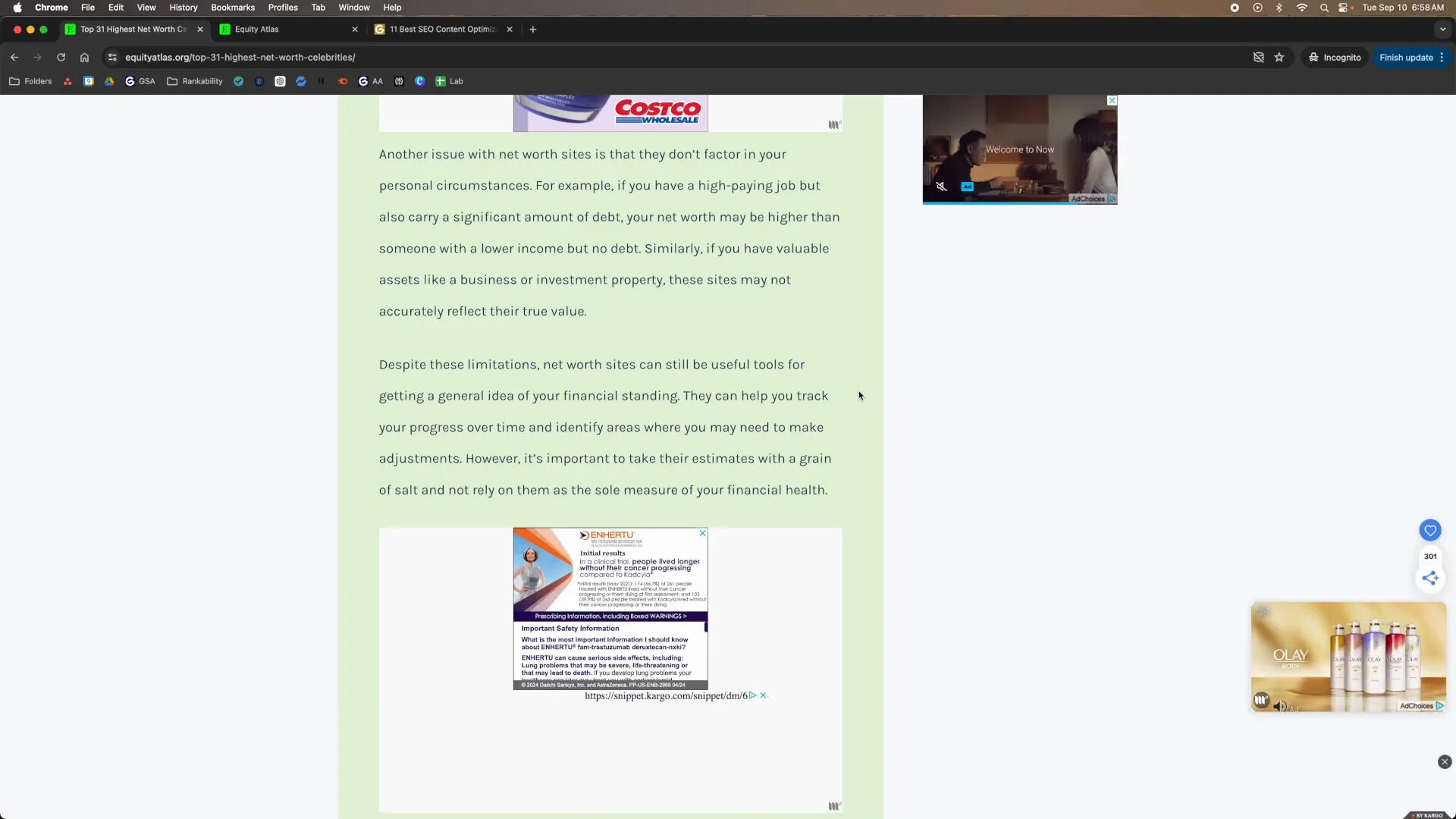
11. Author Bios
Ensure that your website includes author biographies as this can enhance the credibility of your content.

12. Deindexed Pages
Make sure to look out for pages that have been removed from search engine indexes but should still be available online, by utilizing the Screaming Frog tool to locate them.
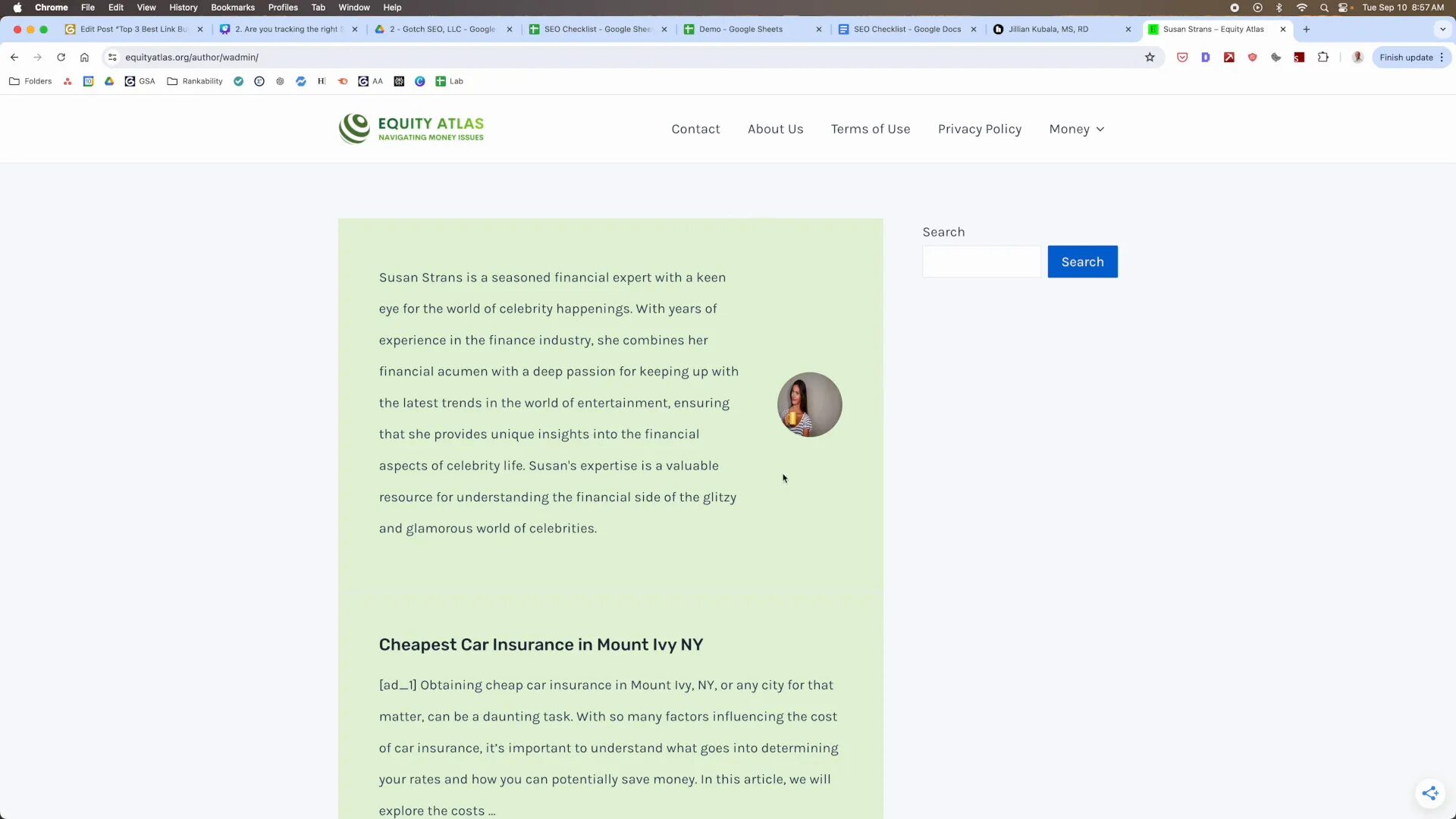
13. Avoid Website Bloat
Trim down pages on your website to maintain a design prioritizing quality, over quantity!
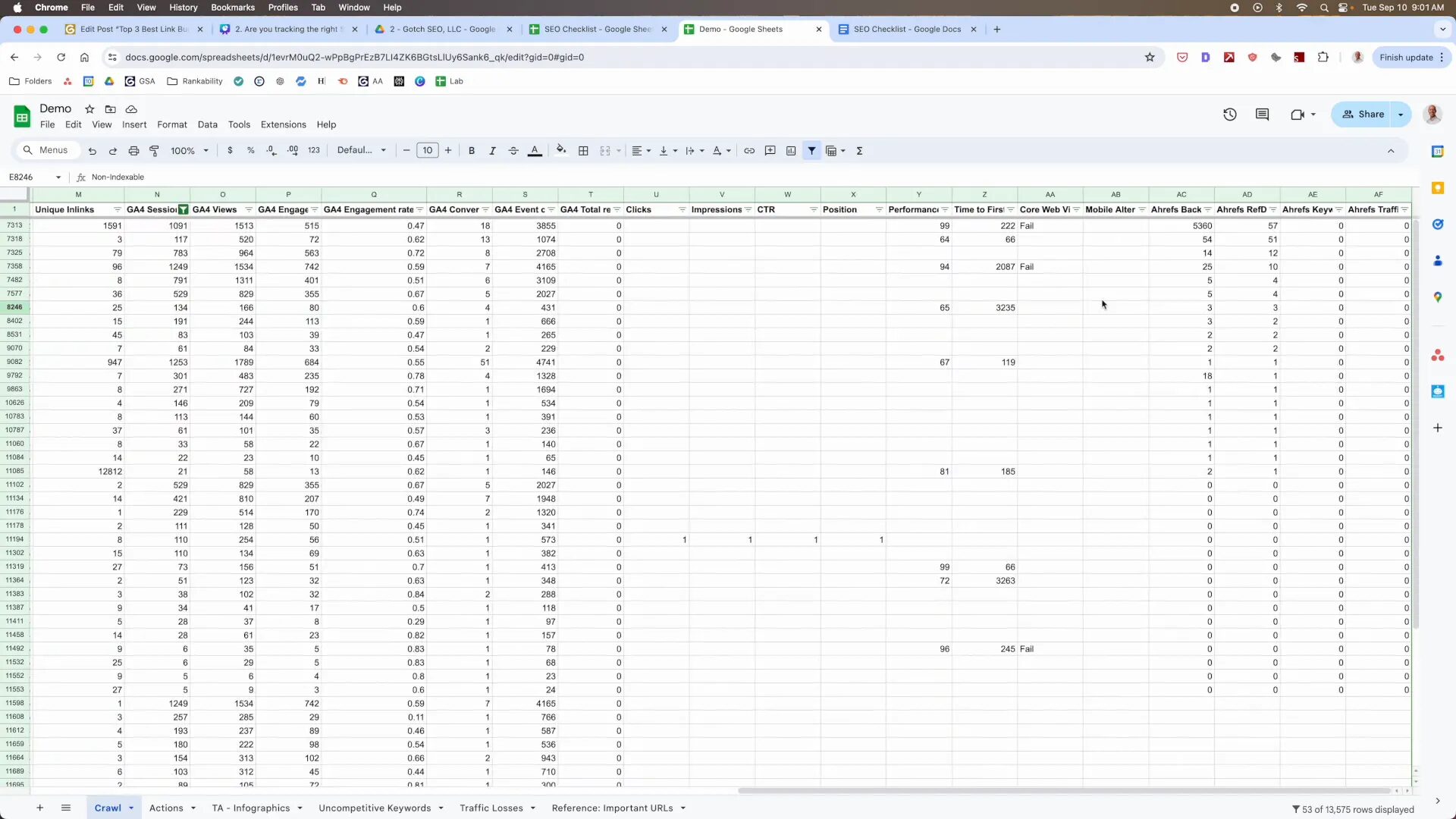
14. Thin Content
Look for pages that lack content and aim to ensure they have a minimum word count to offer information.
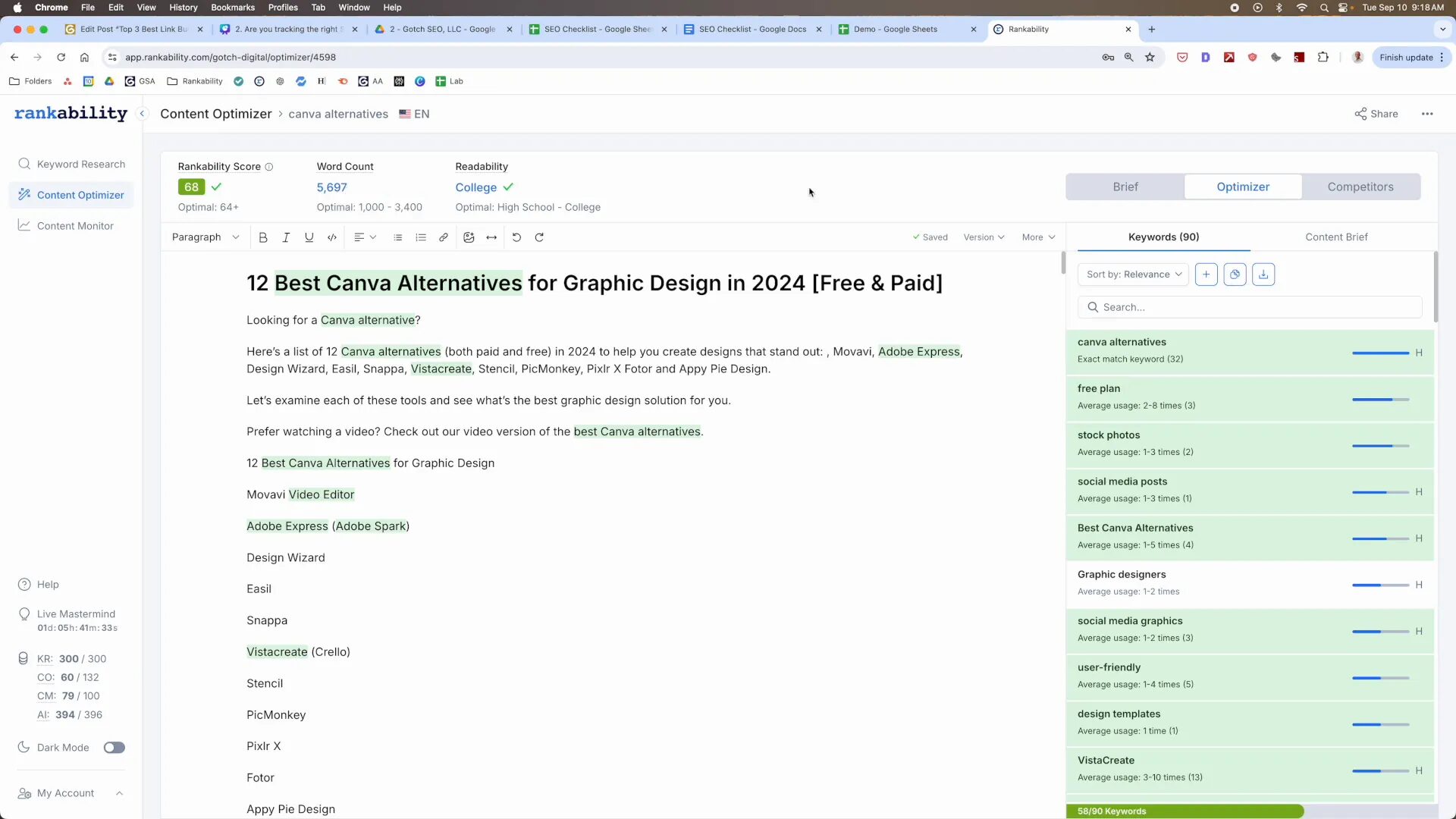
15. Outdated Content
Make sure to refresh your content to keep it up, to date and consider using Google searches to identify any information that may need updating.
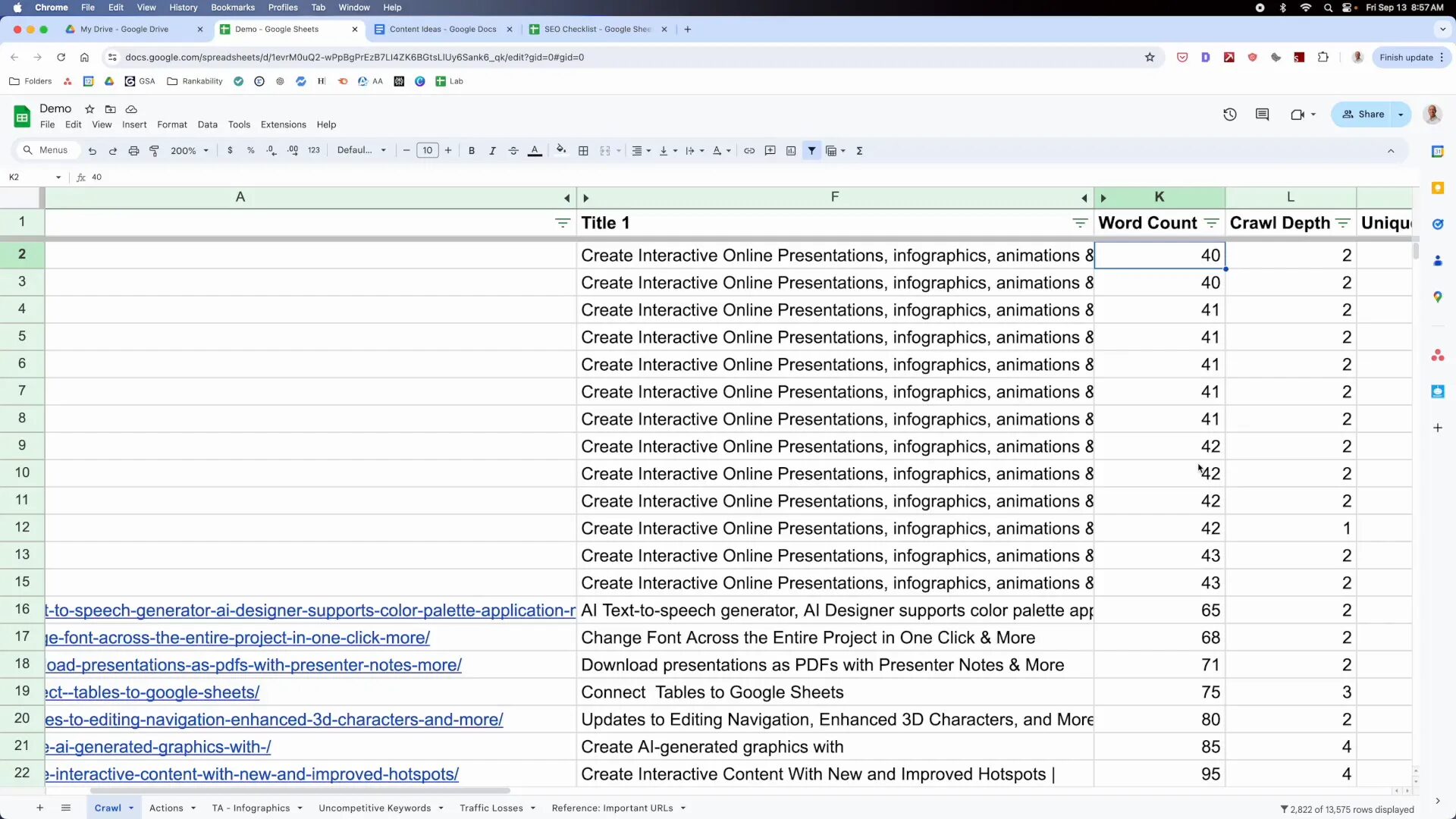
16. Engagement Rate
Make sure to monitor the engagement levels of your pages and strive for increased rates to maintain user interest.
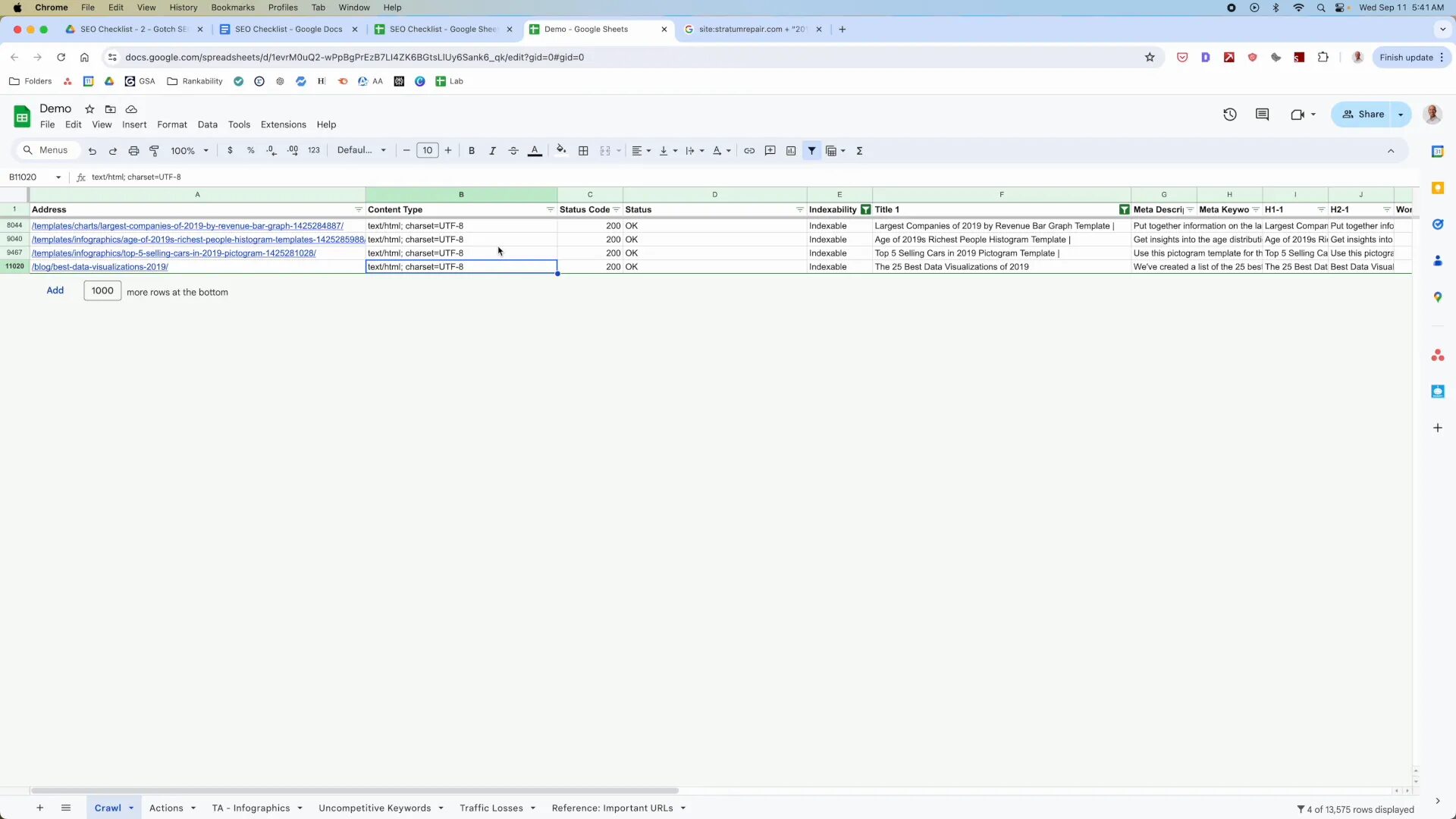
17. Title and H1 Tags
Each page should include a title tag and one H2 tag to provide information to Google about the content of your page.
18. Spelling and Grammar
Ensure that your writing is devoid of any spelling or grammar mistakes to enhance the user experience.
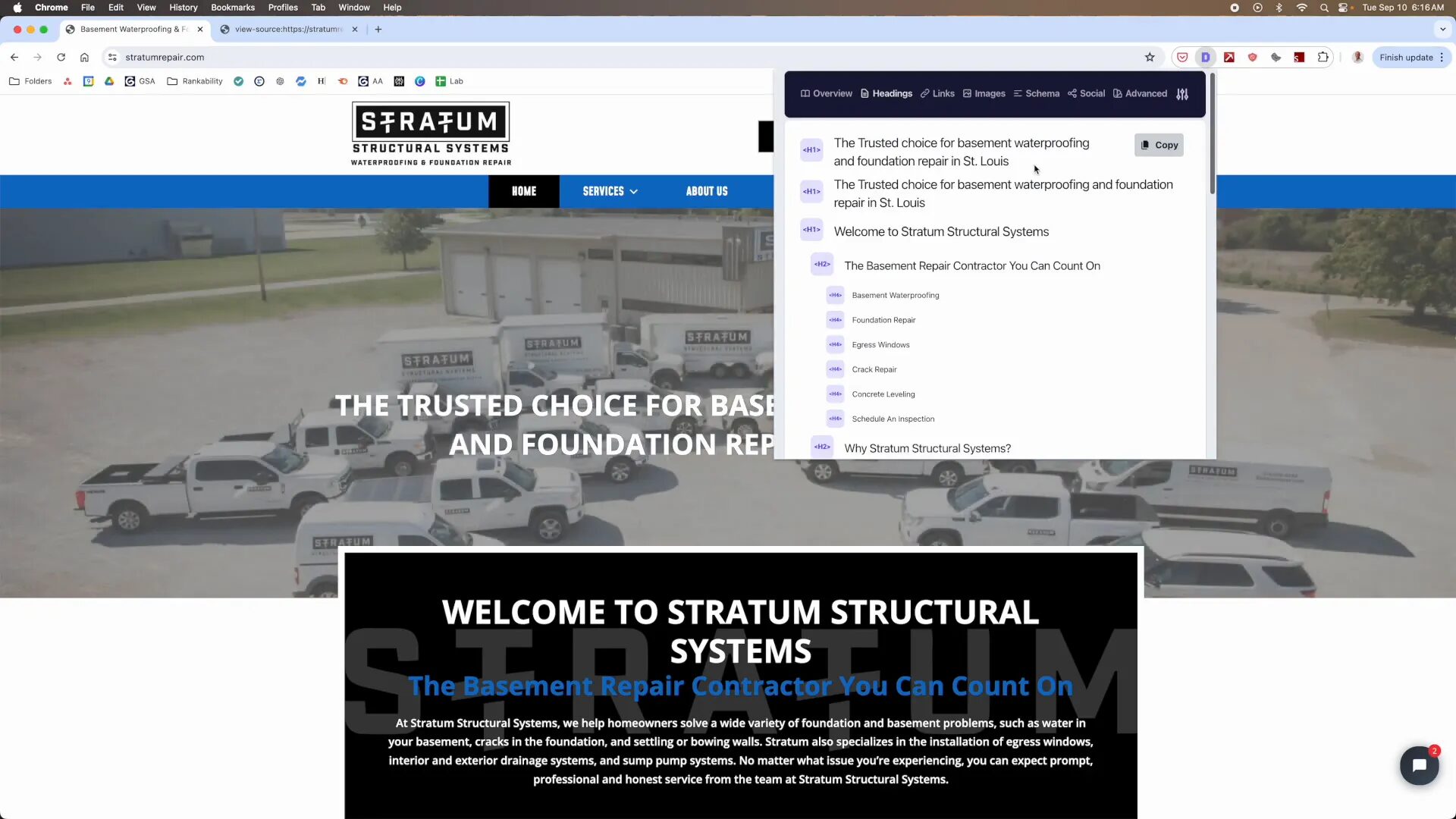
19. Backlinks Without Traffic
Find pages with links but no visitors. Think about enhancing or redirecting those pages.
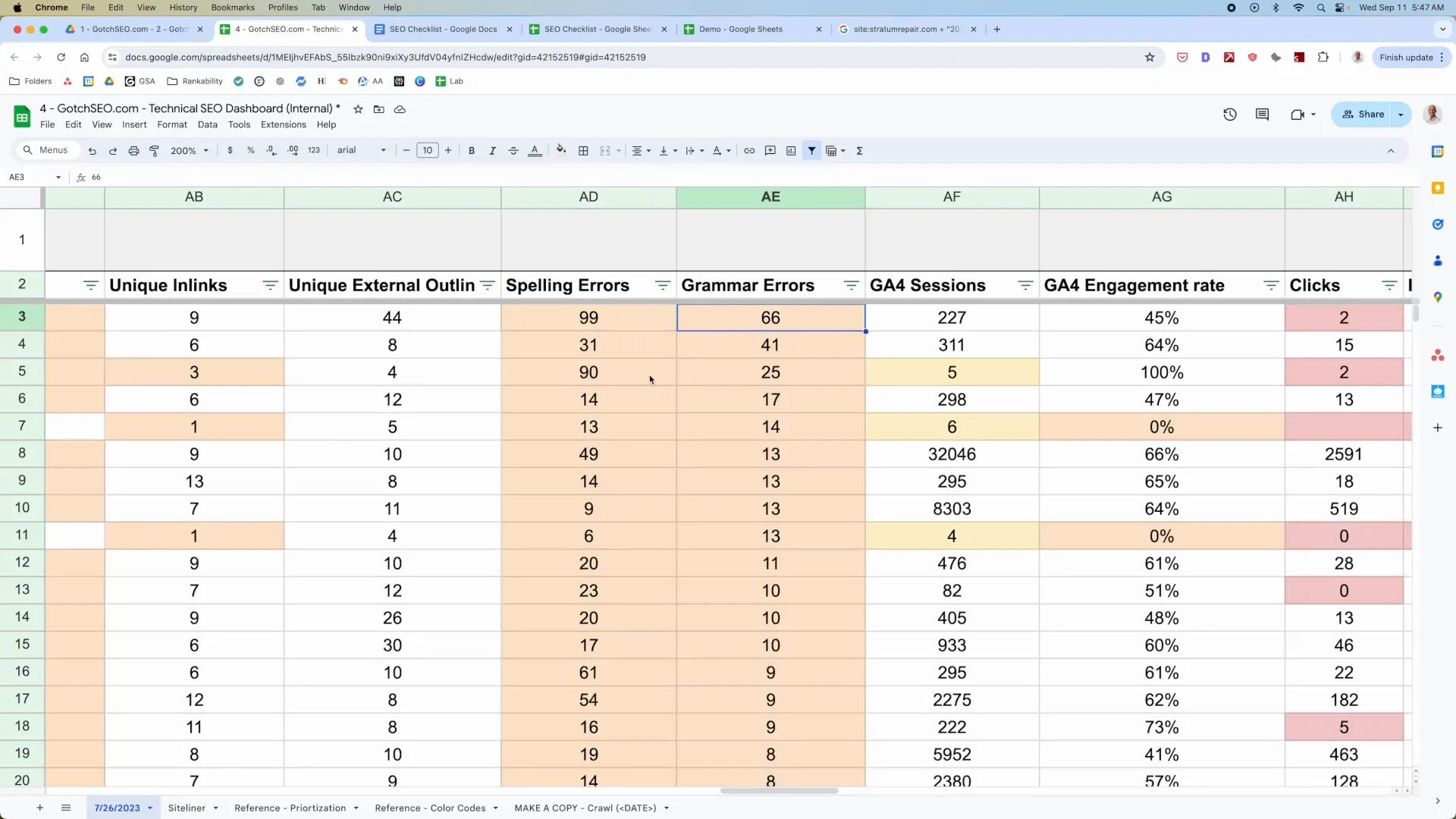
20. 404 Pages with Backlinks
Please ensure that any web pages showing a 404 error and containing links are redirected to maintain the link authority.
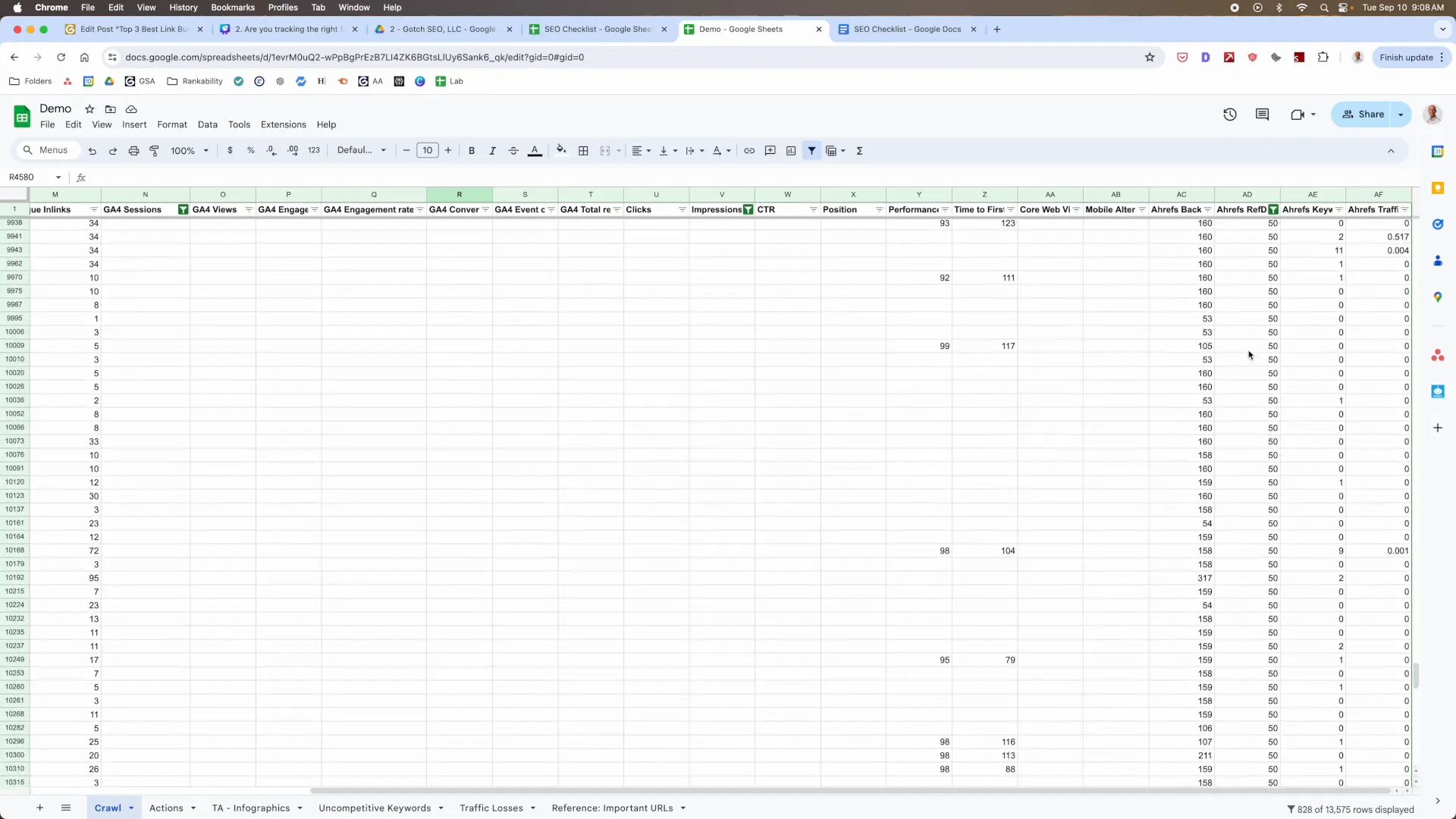
21. Crawl Depth
Make sure that all your webpages are structured in a way that keeps them within three clicks from the page as this can improve their indexing by Google.
22. Internal Link Coverage
Make sure to include a number of links, on every page. Try to have at least five distinct internal links to improve visibility.
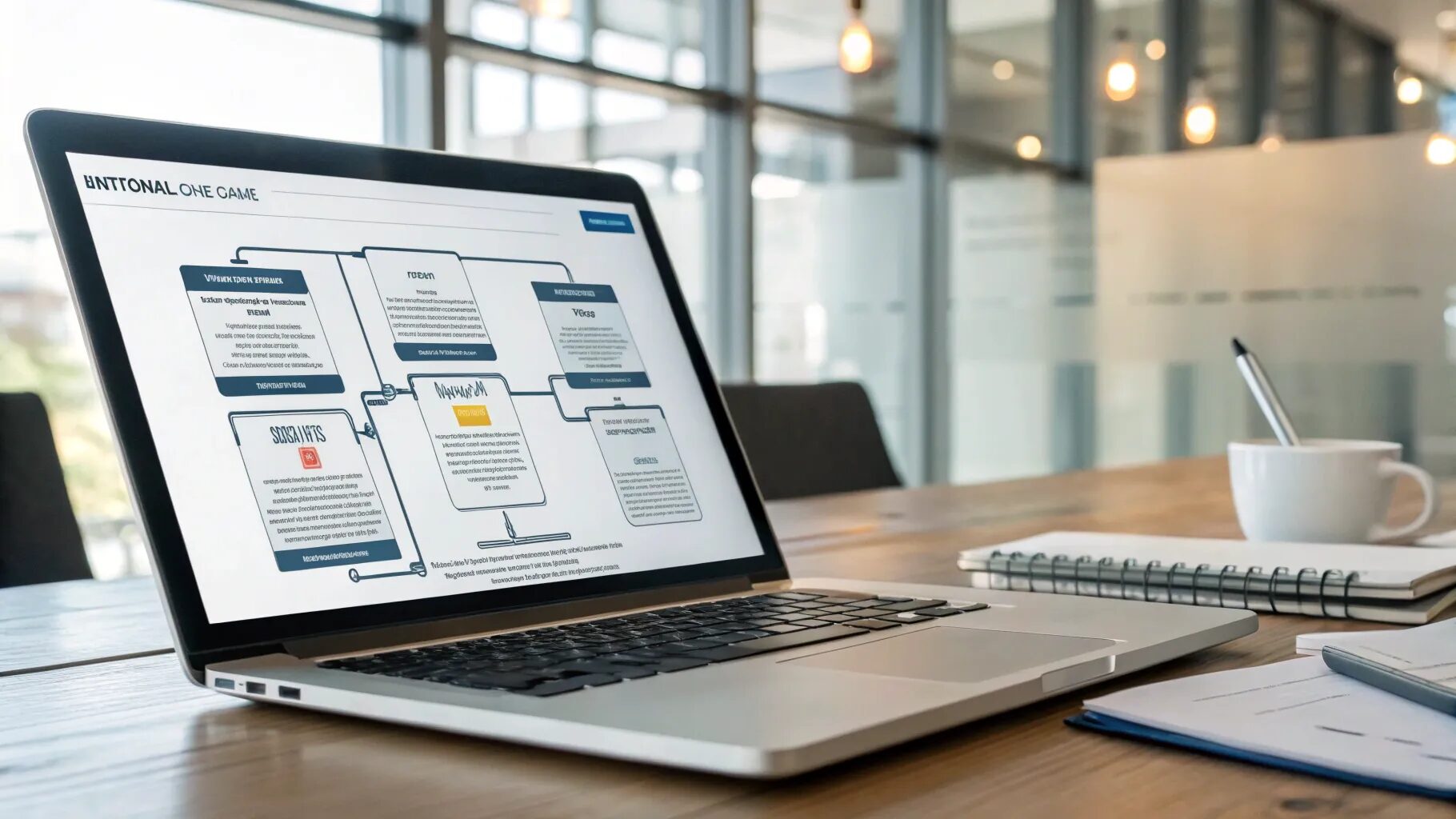
23. Leverage Powerful Pages
Utilize your pages to connect with others as this enhances the effectiveness of your key content pieces.
24. Redirect Chains
Make sure to avoid using redirect chains as they can complicate things for users and impact SEO negatively it’s best to simplify redirects, for a smoother user experience and better search engine optimization (SEO) results.
25. Duplicate Content
Vérifiez la présence de contenu en double sur votre site Web ; chaque page doit avoir un contenu unique.
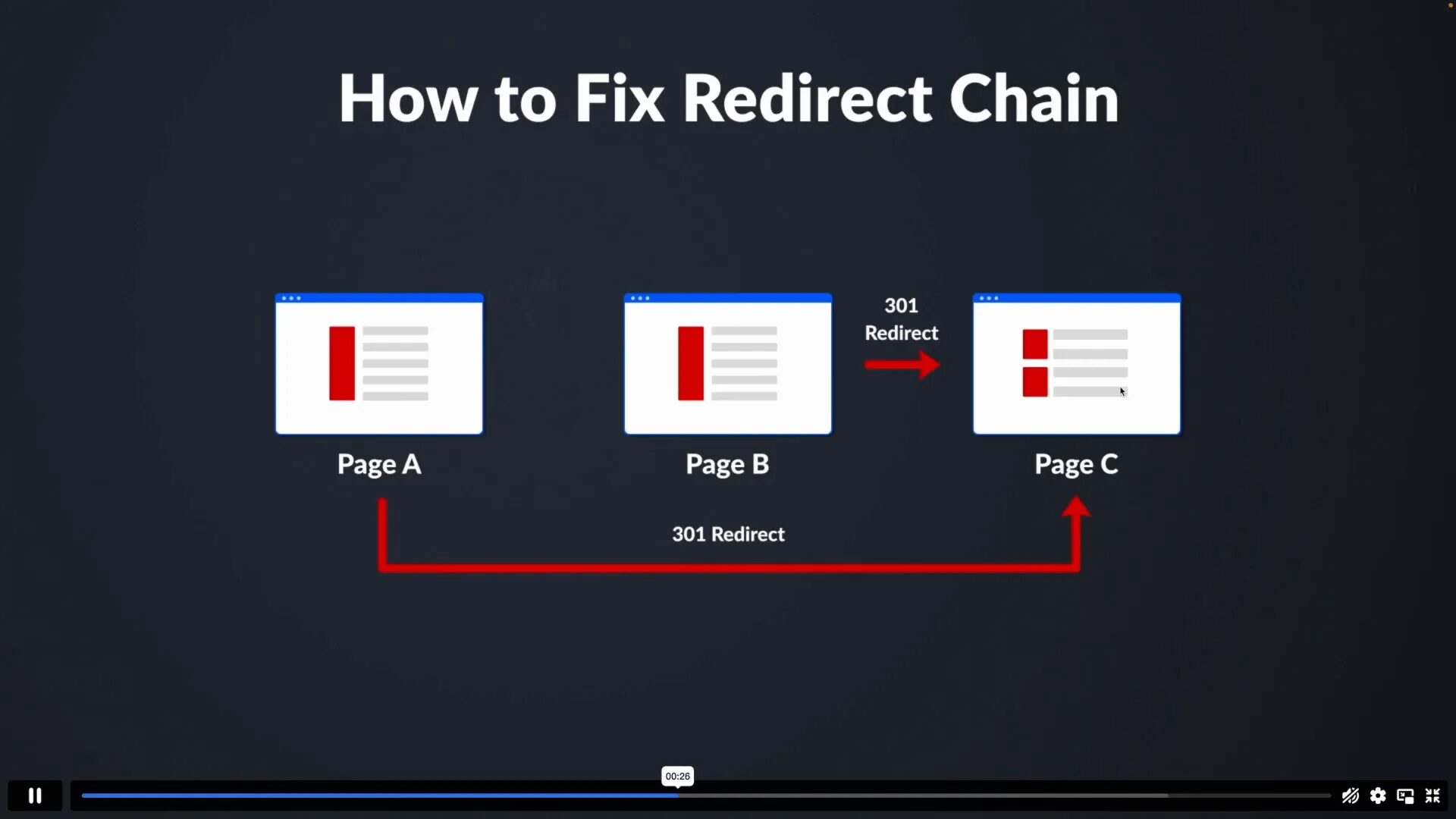
26. Broken Links
Make sure to correct any links that are not working on your website as this will enhance the user experience.
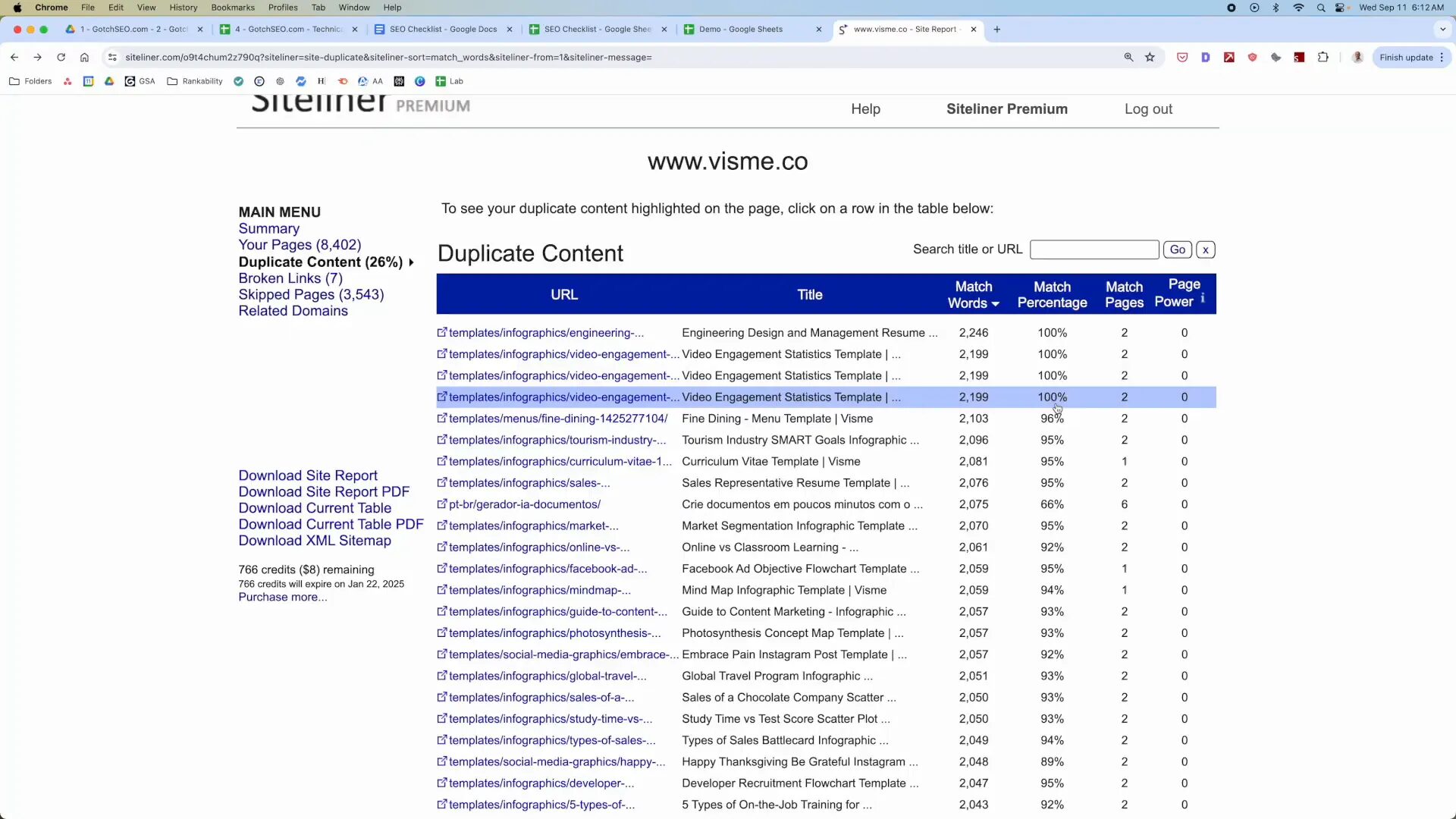
27. AI Content
Be careful, with content created by AI make sure it provides value and isn’t fluff.
28. H1 Tag Position
Ensure that the main heading (H2) appears at the top of the webpage for users to easily grasp the contents essence promptly.
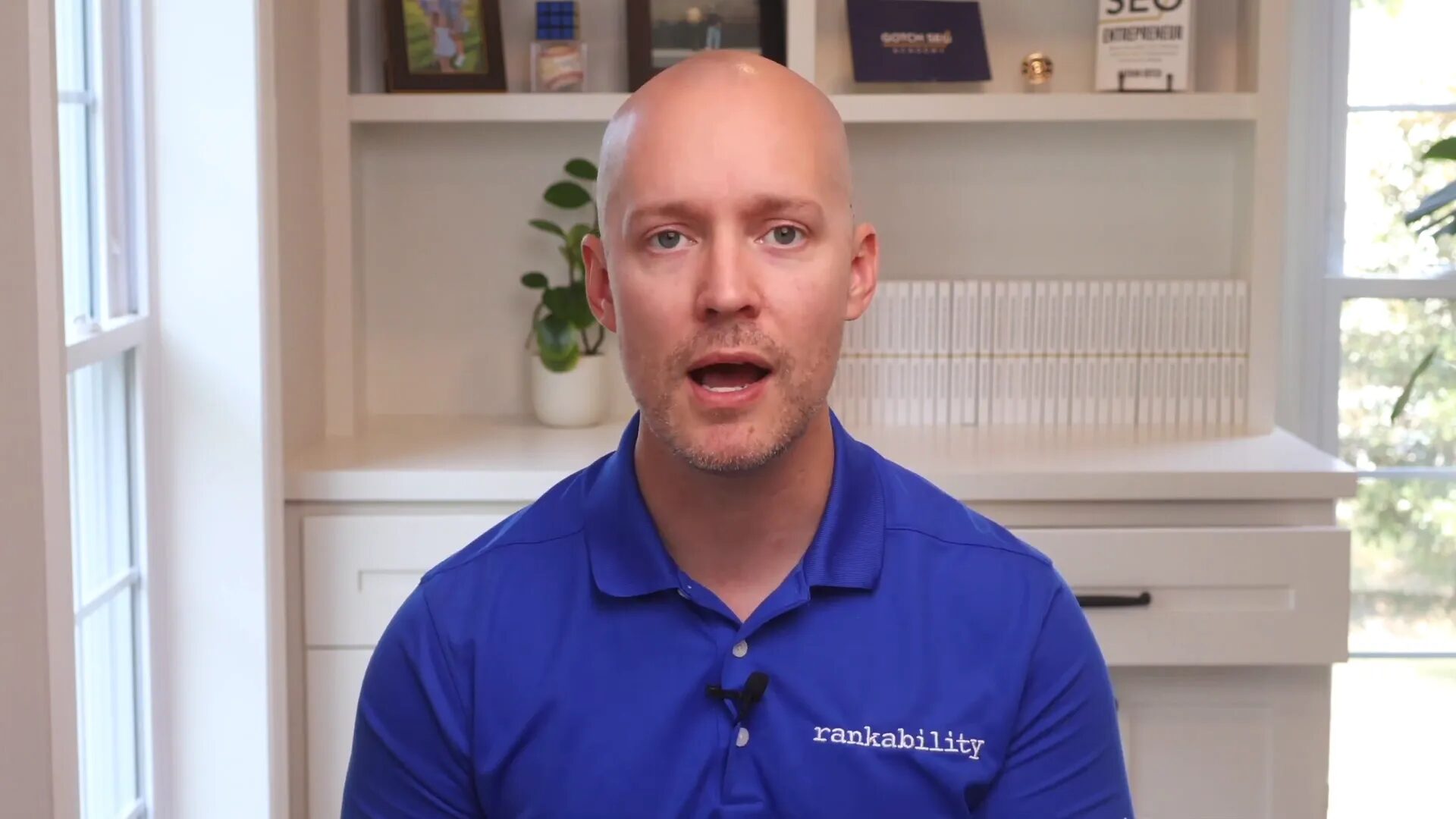
29. Heading Tags
Ensure that your heading tags are correctly structured by using one H! tag and organizing the remaining headings in a manner.
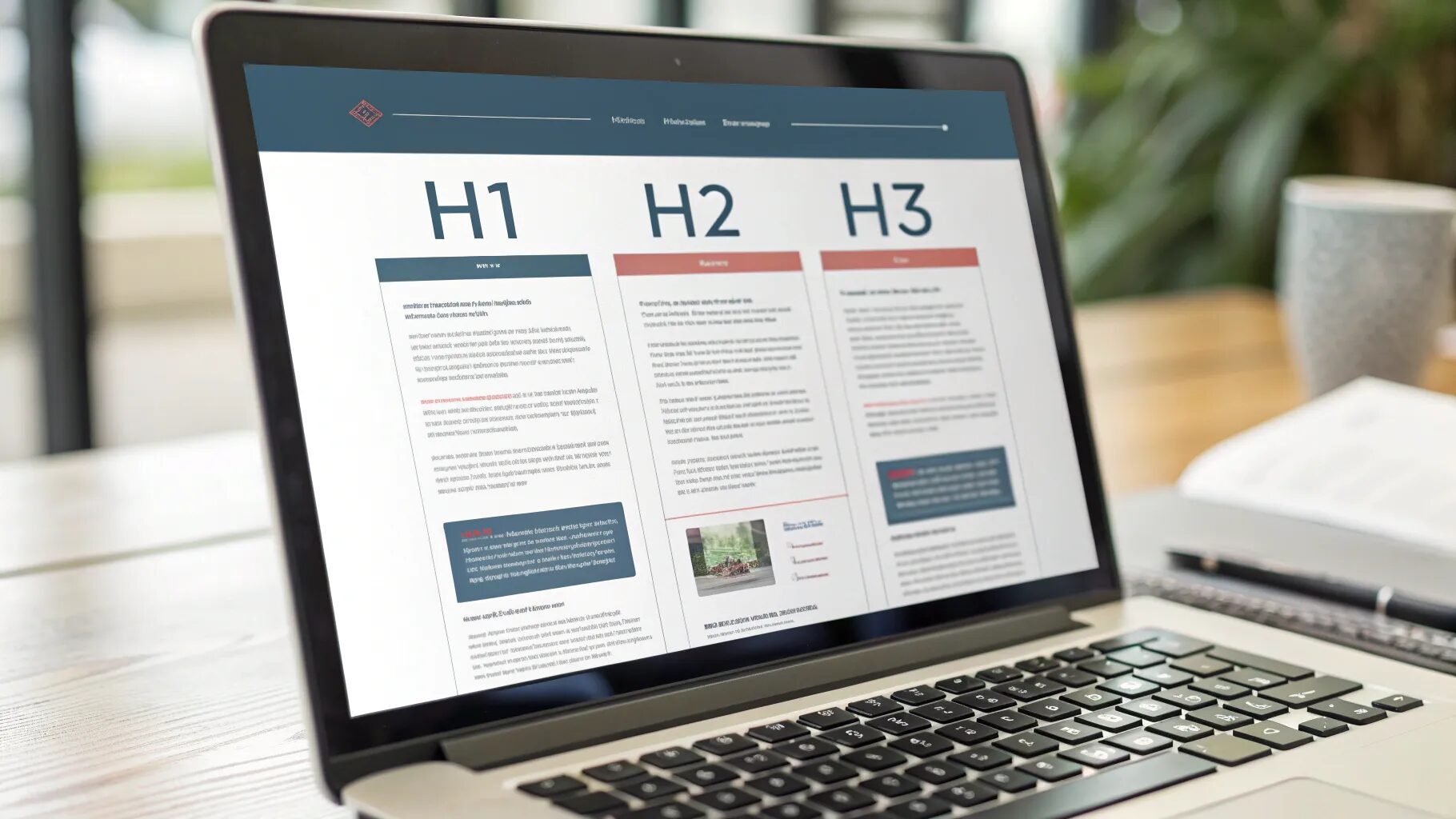
30. Keywords in URL
Make sure to include your keyword, in the URL to improve your chances of ranking in search results.
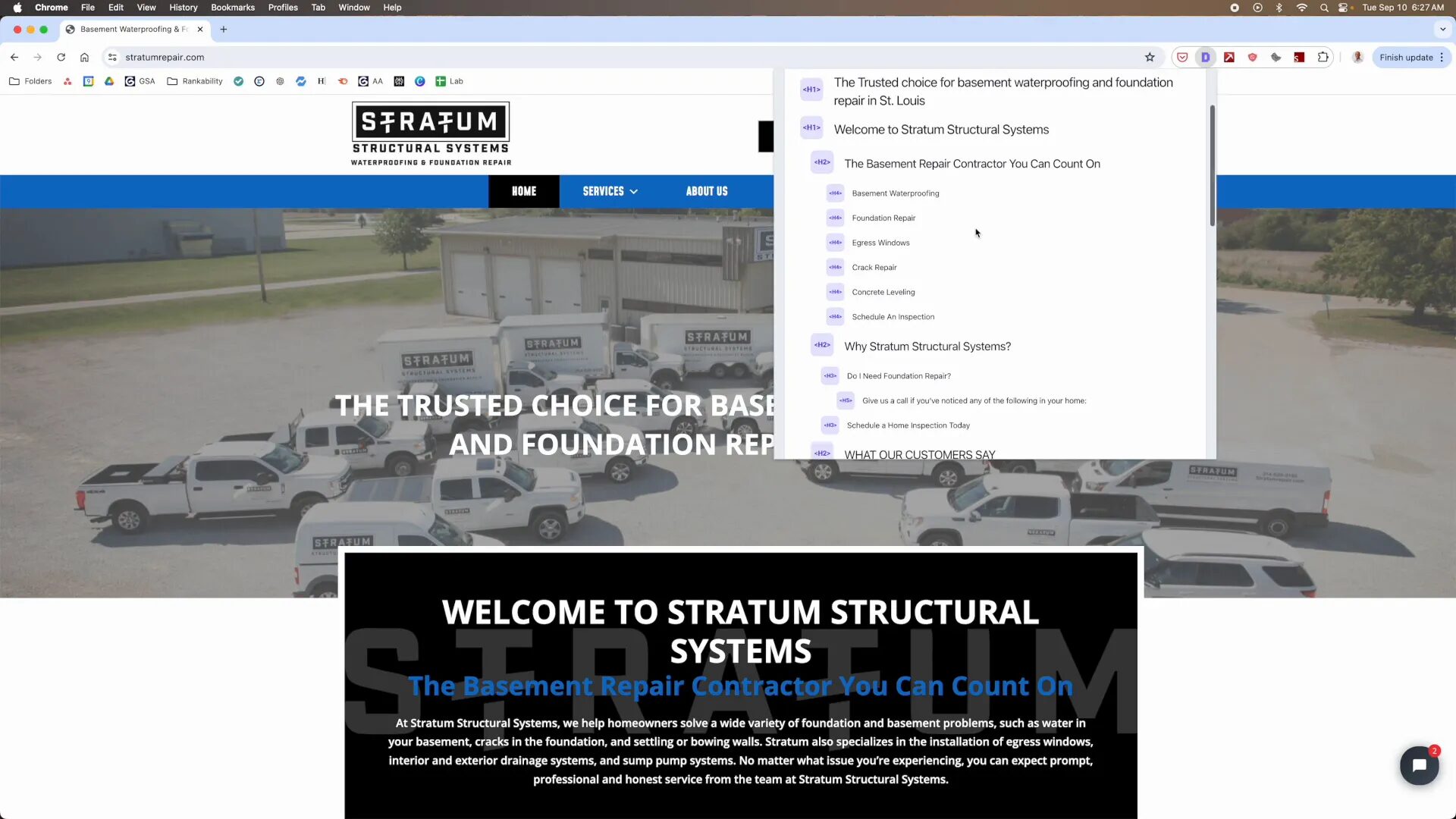
31. Keywords in Title and Meta Description
Ensure that your keyword is included in both the title tag and meta description.
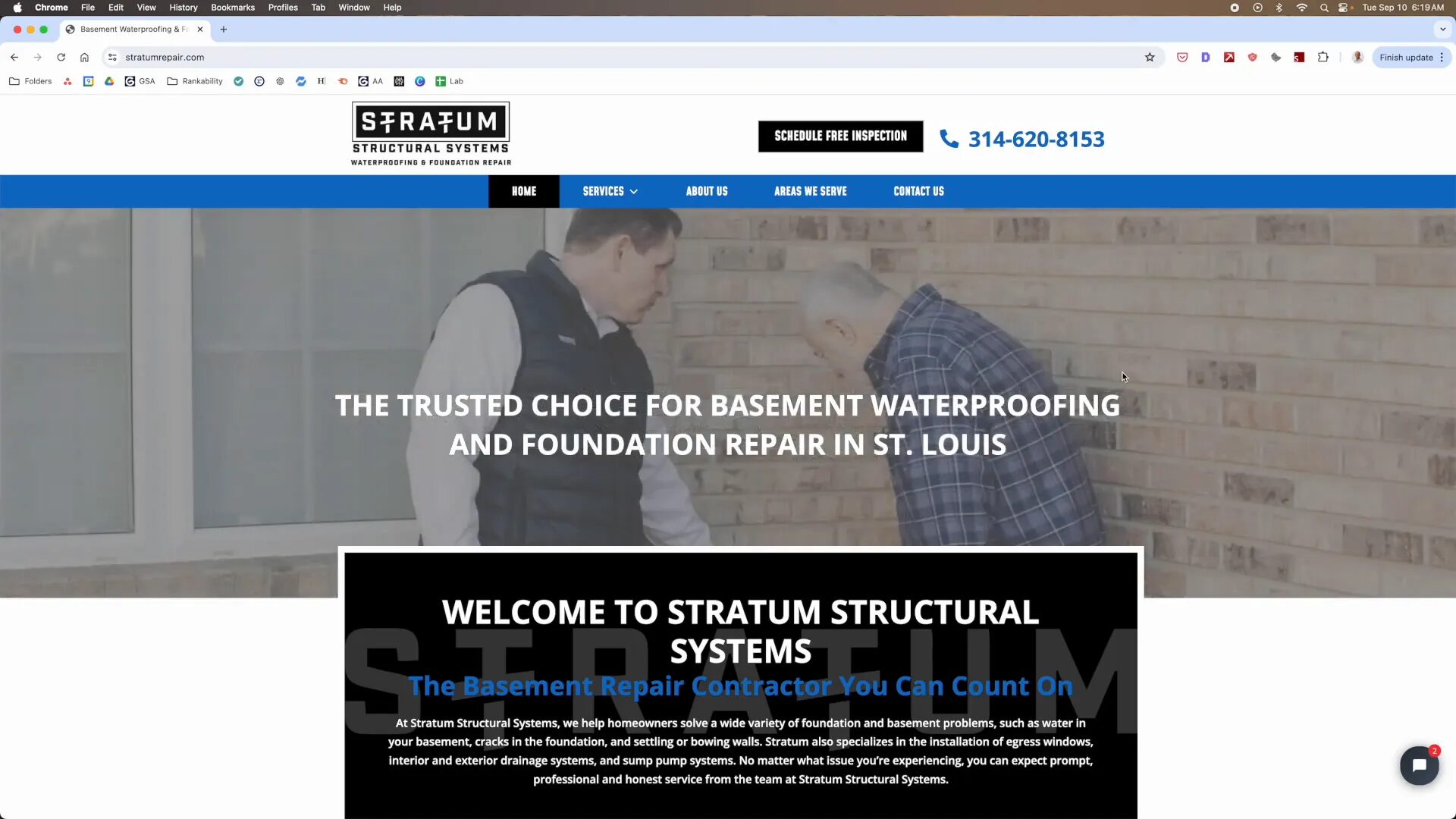
32. Content Originality
Make sure your content is unique and not copied from elsewhere.
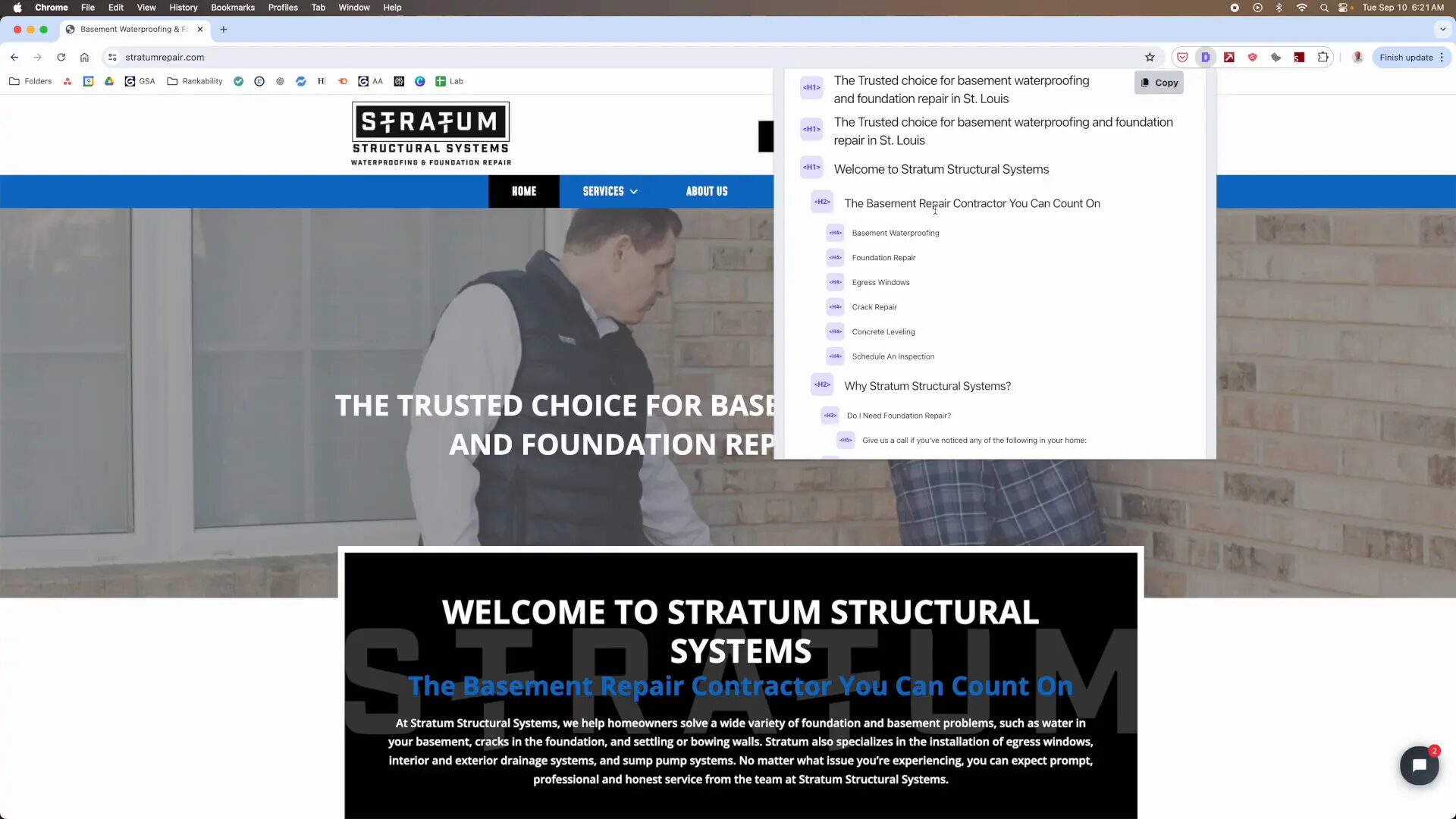
33. Content Accuracy
Make sure that all statements, in your writing are precise and supported by sources.
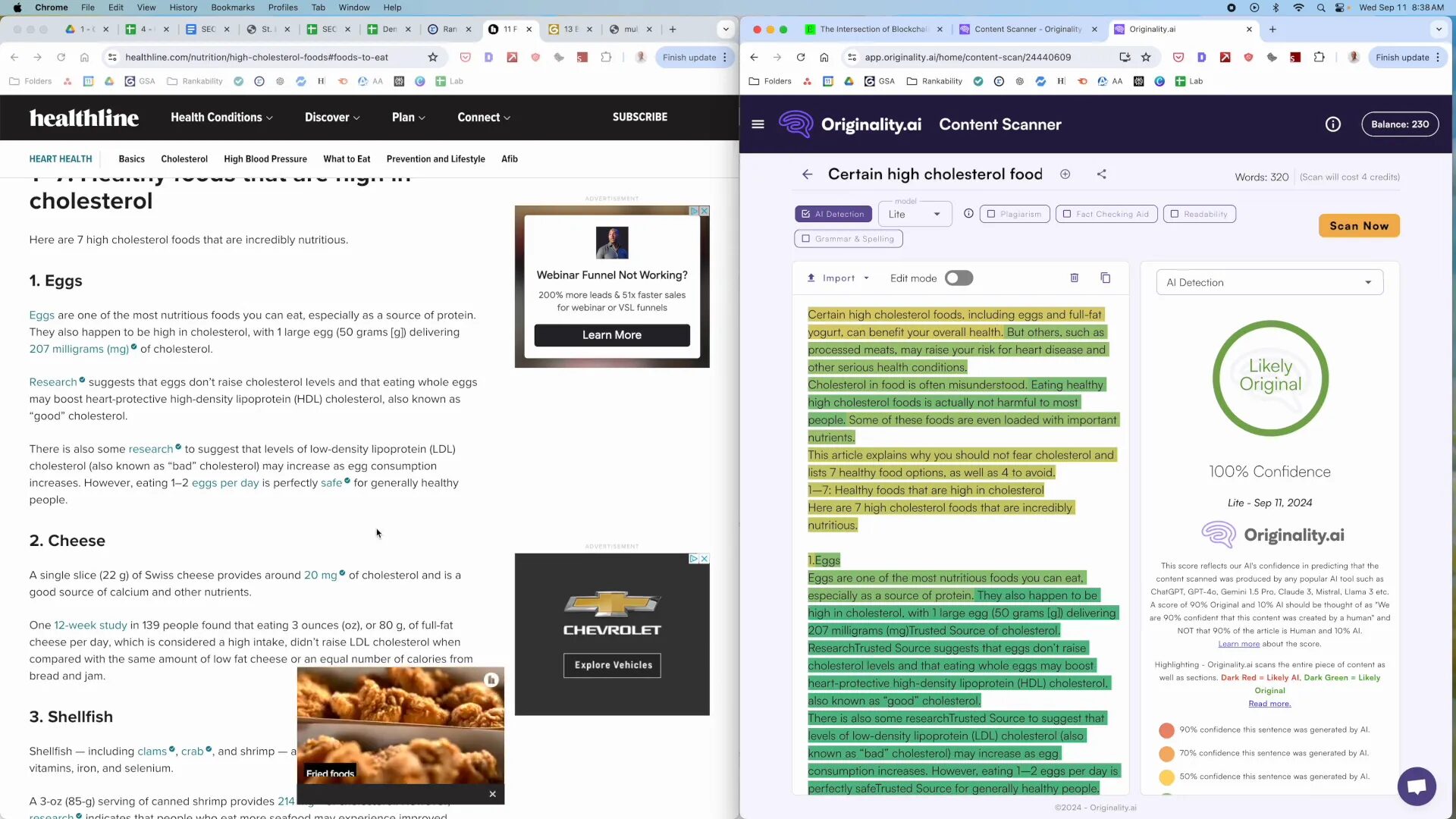
34. User Experience
Make sure to prioritize the safety and pleasure of your users.
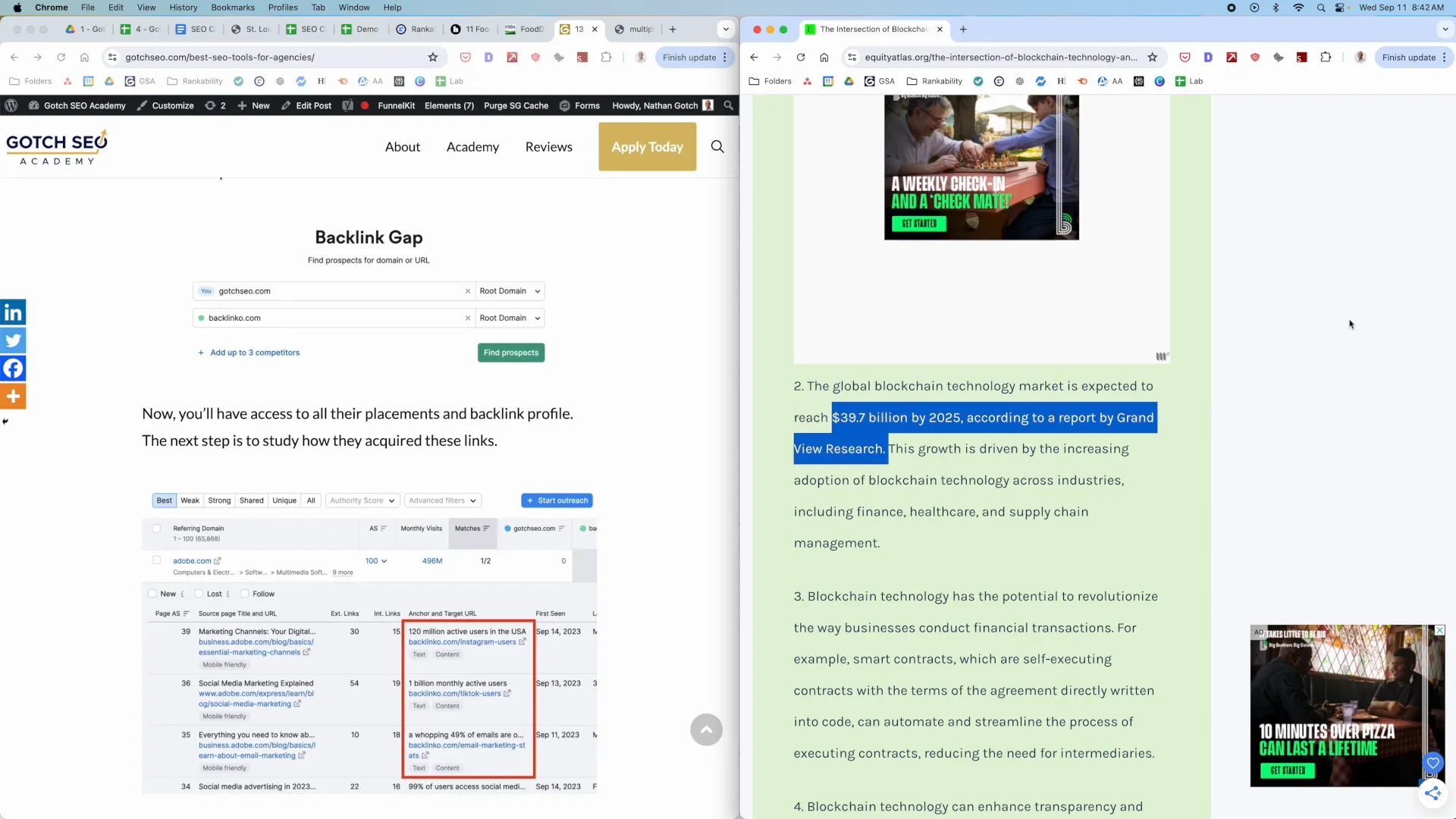
35. Effort in Content Creation
Demonstrate that you have invested time and energy into developing your content.
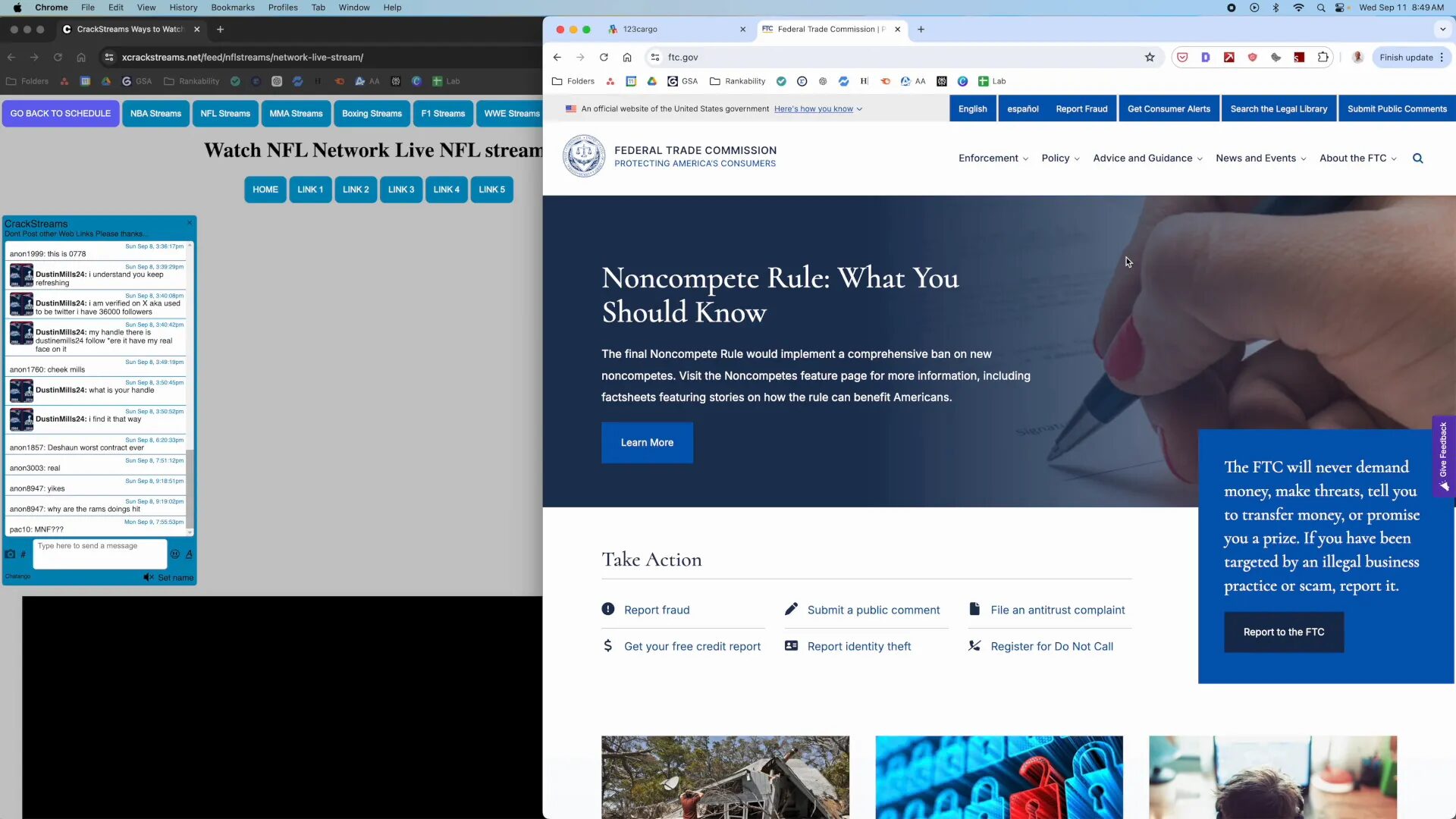
36. Subject Matter Experts
Get your content crafted or checked by individuals who specialize in the subject matter.
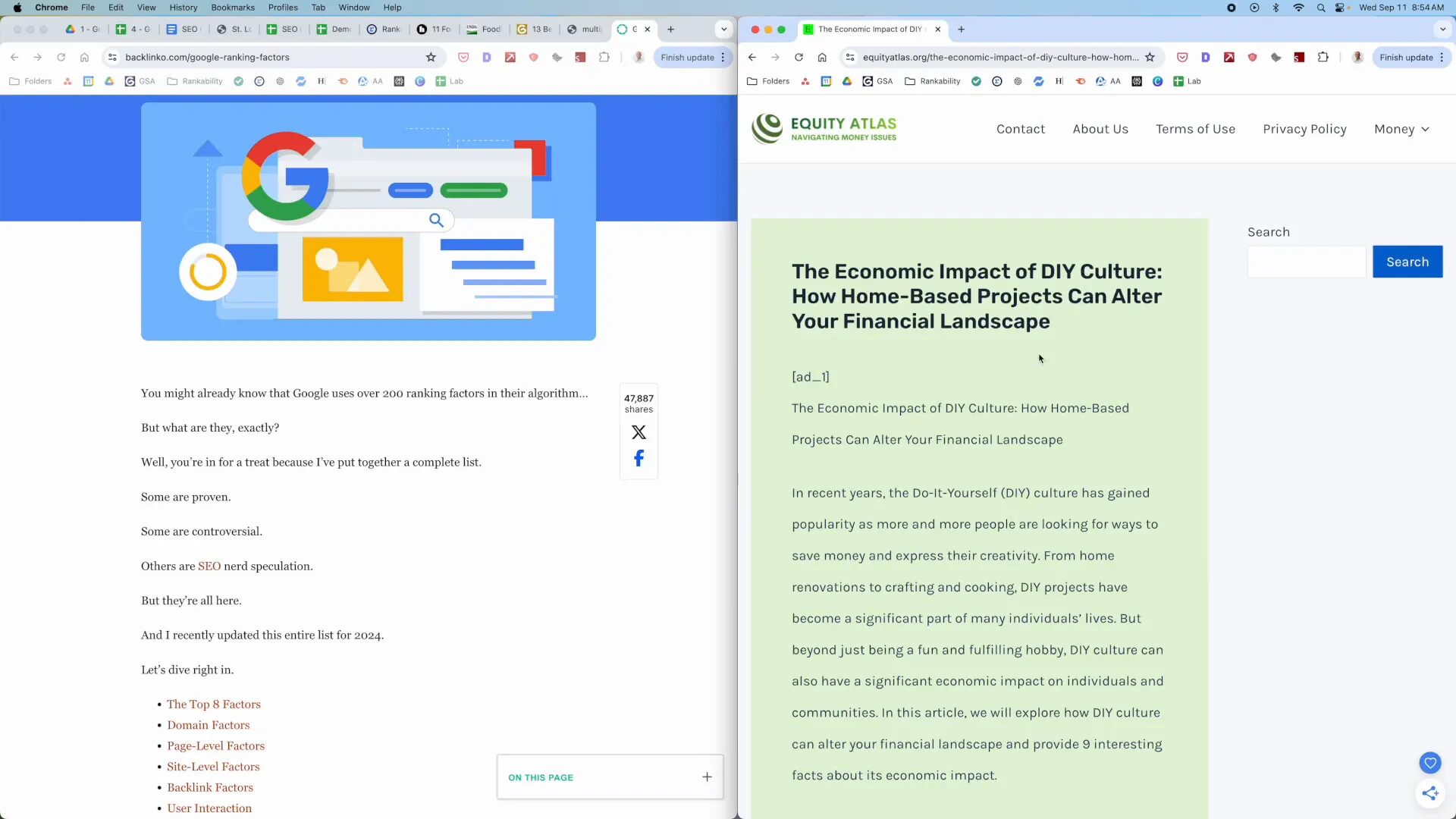
37. Author Pages
Every writer should have a section detailing their background and expertise, on the website.
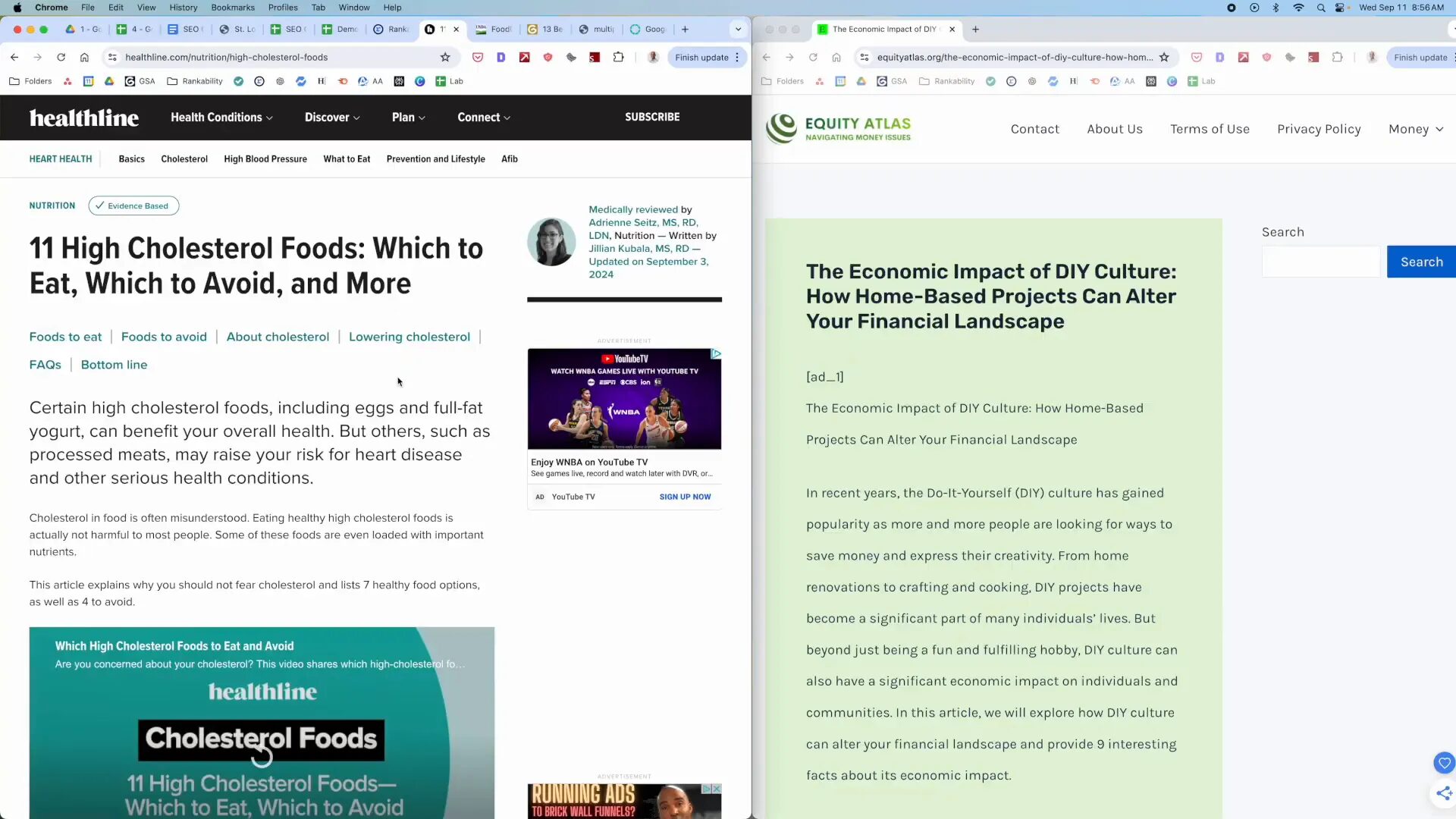
38. Citing Sources
Remember to reference your sources to establish credibility and trustworthiness.
39. First-Hand Experience
Show involvement, in the content you produce.
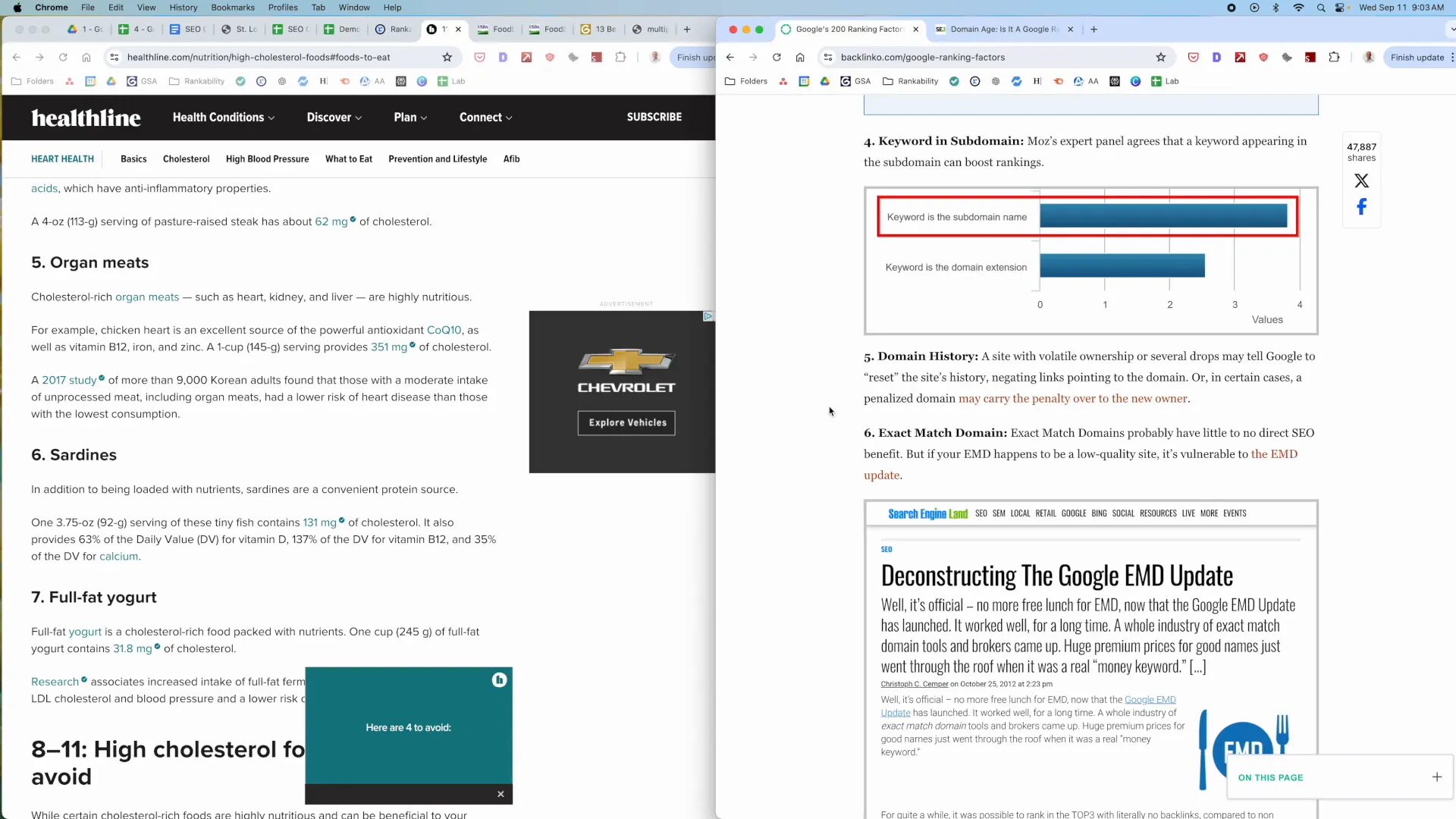
40. In-the-Field Experience
Demonstrate real world experience to build trust and credibility.
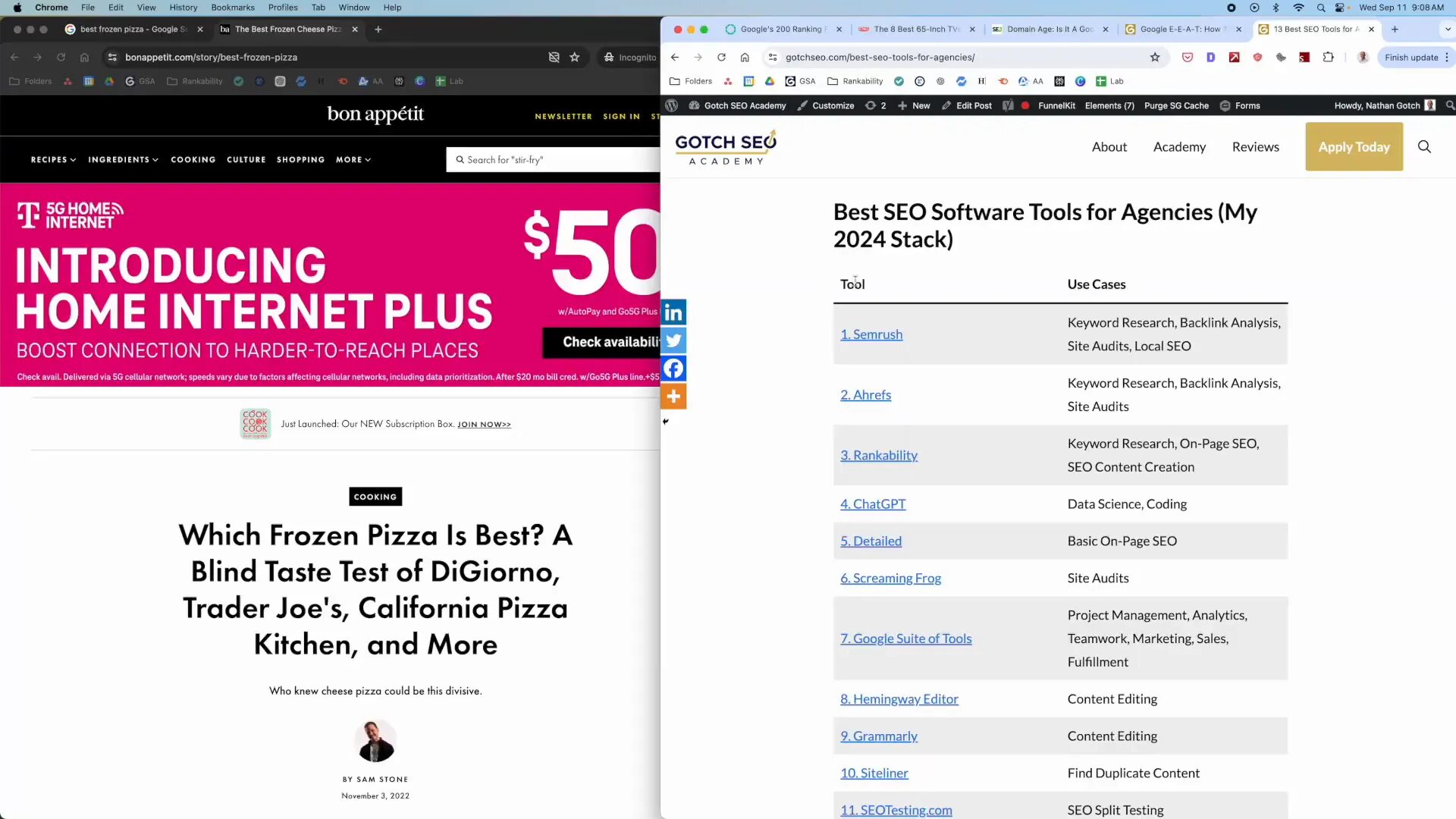
41. Goal Completions
Make sure that your business pages are set up to maximize conversions.
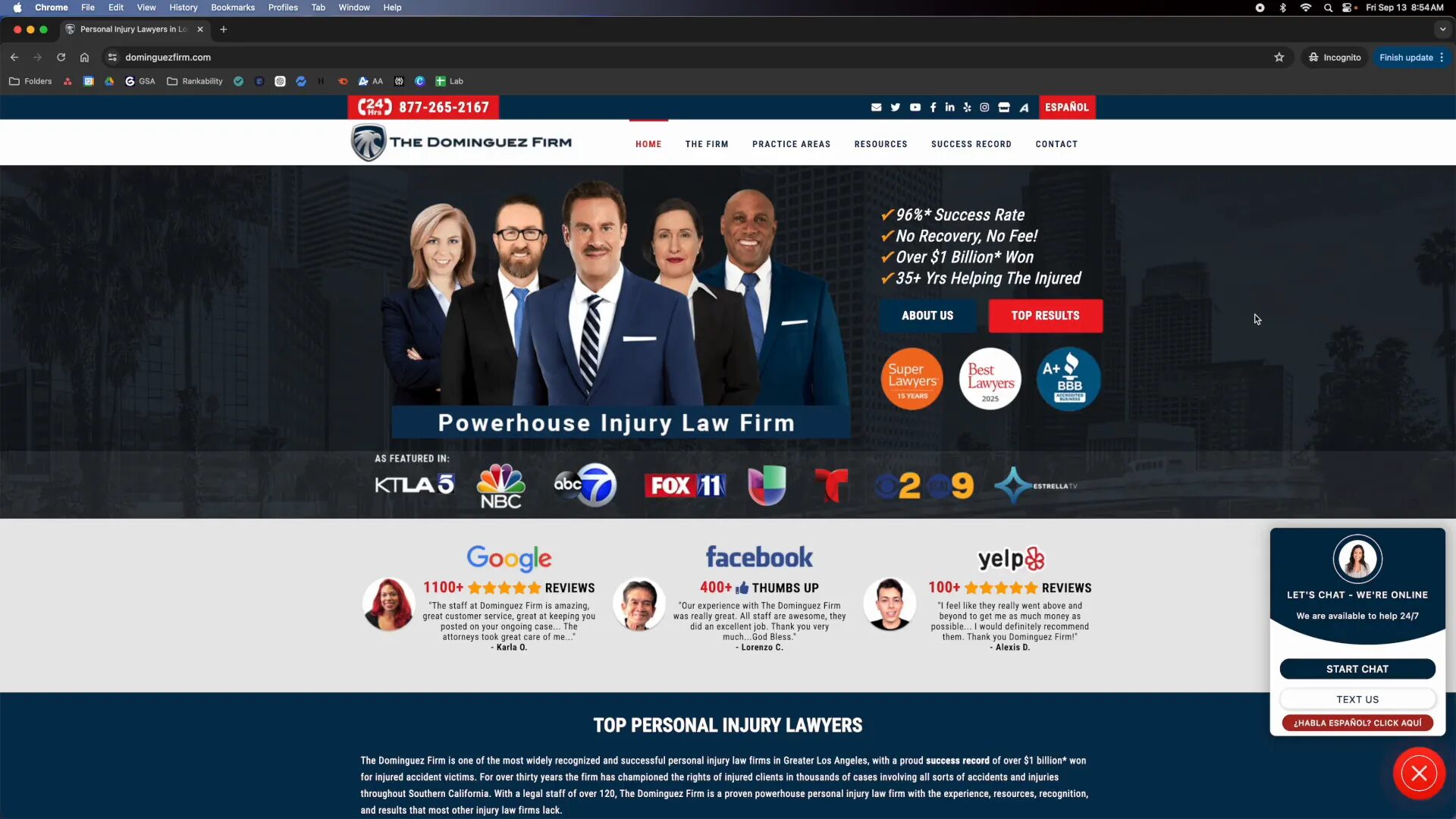
42. User Tracking Software
Utilize user tracking tools to examine the ways in which visitors engage with your website.
43. Schema Markup
Enhance your search visibility by applying the appropriate schema markup.
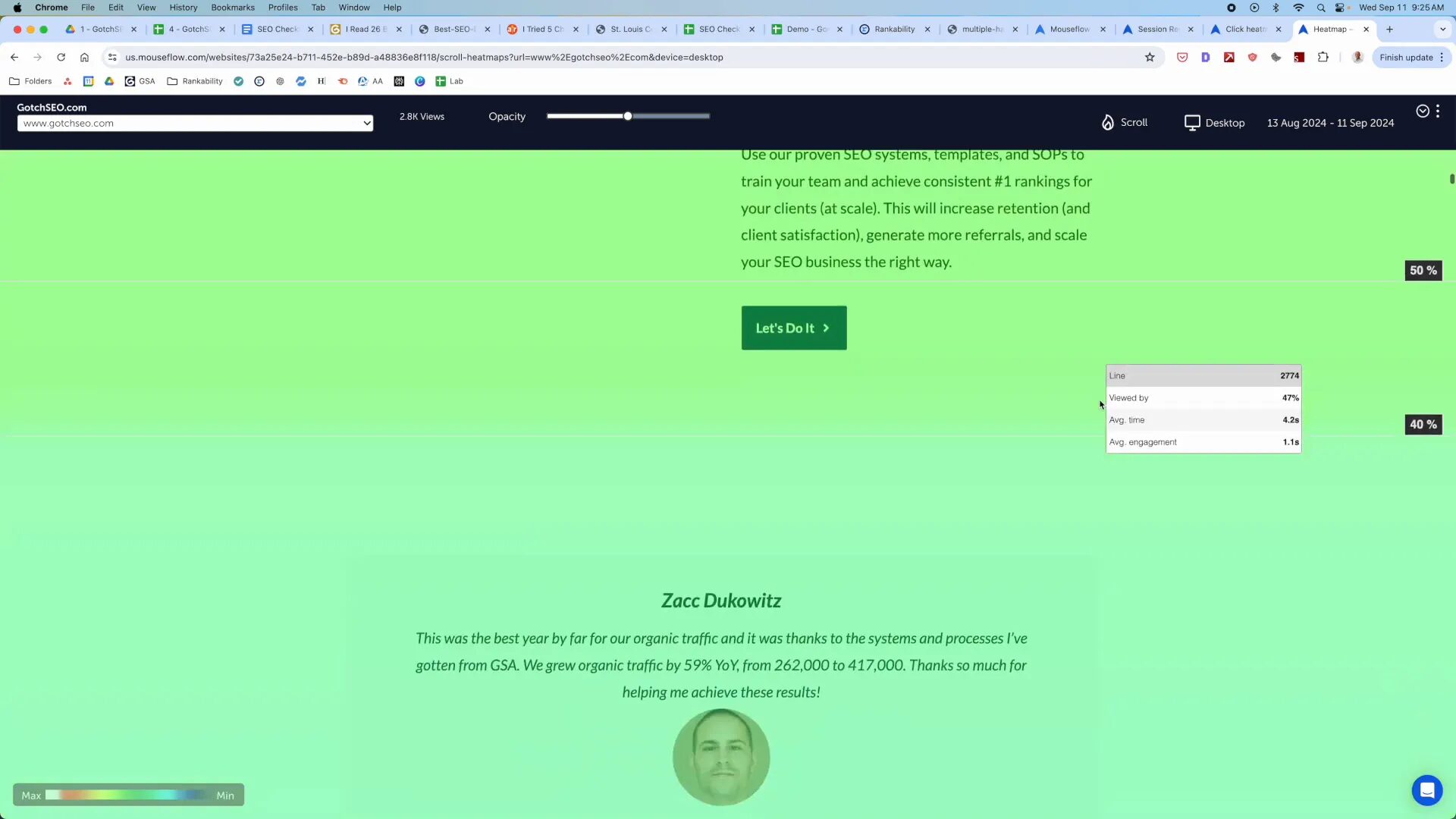
44. Keyword Cannibalization
Make sure that each page focuses on a keyword to prevent keyword cannibalization issues.
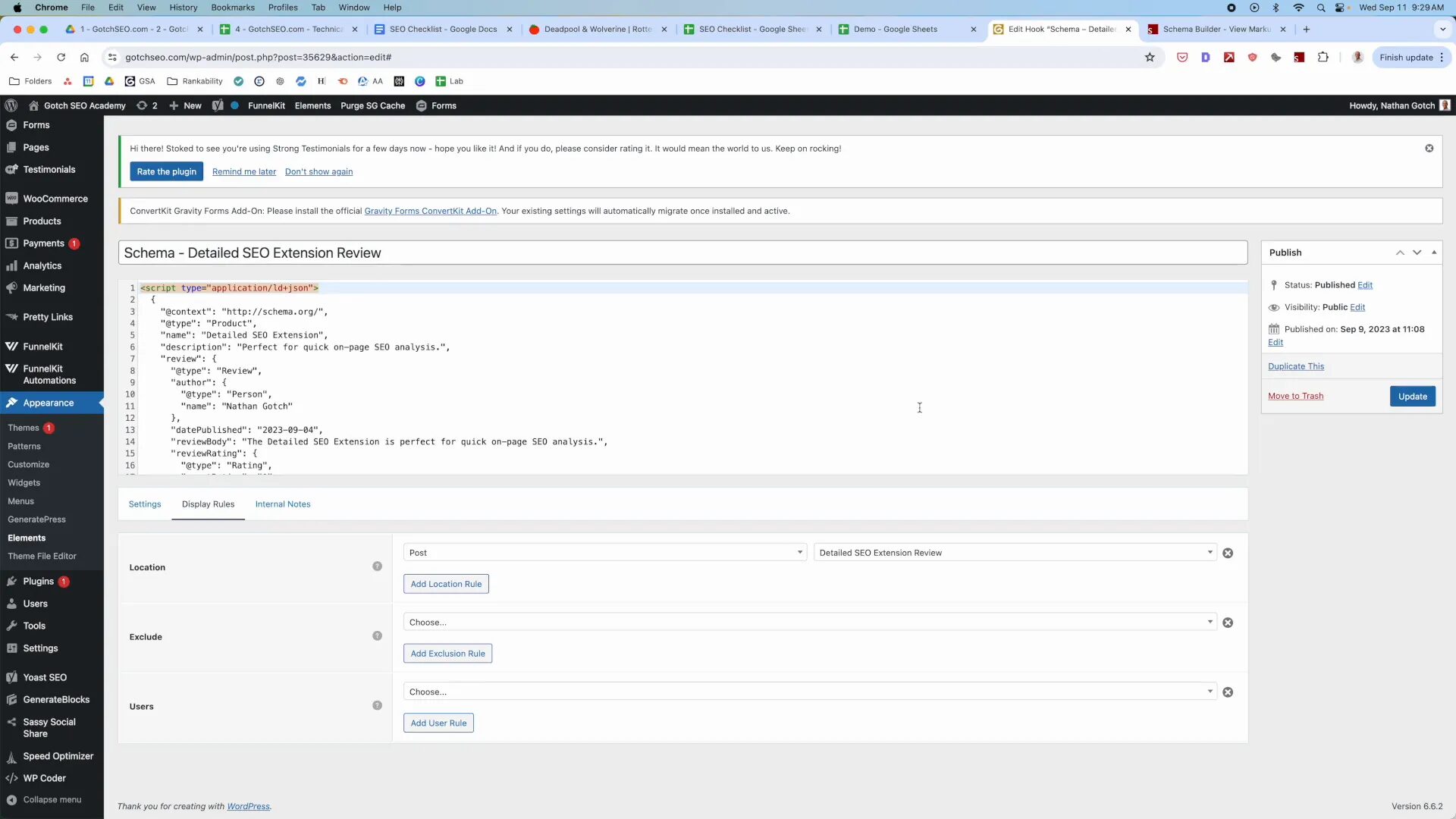
45. Internal Links
Ensure that each page contains a minimum of five links to enhance the distribution of link equity.
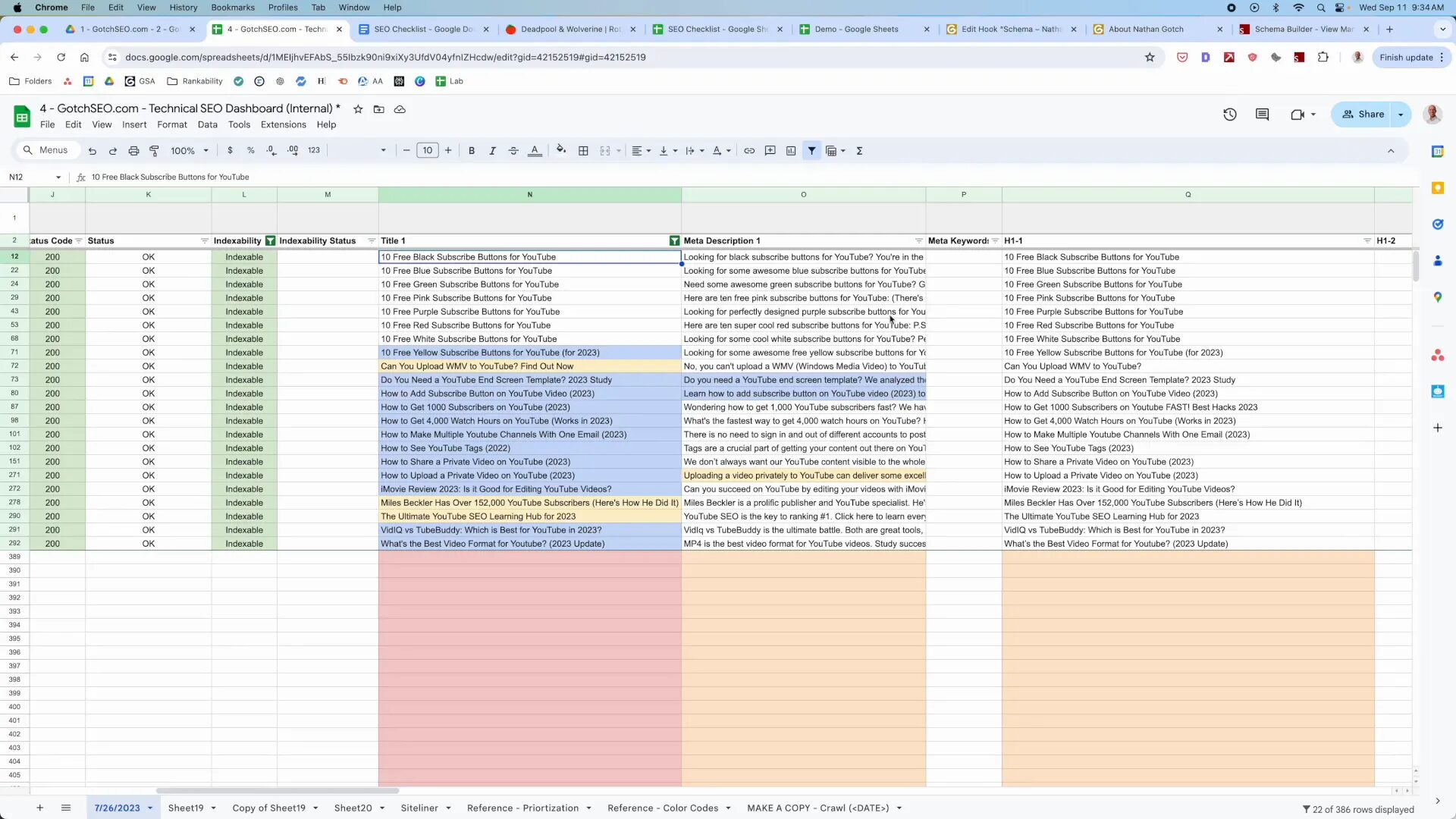
46. Anchor Text Optimization
Ensure that you use a variety of anchor text for linking purposes.
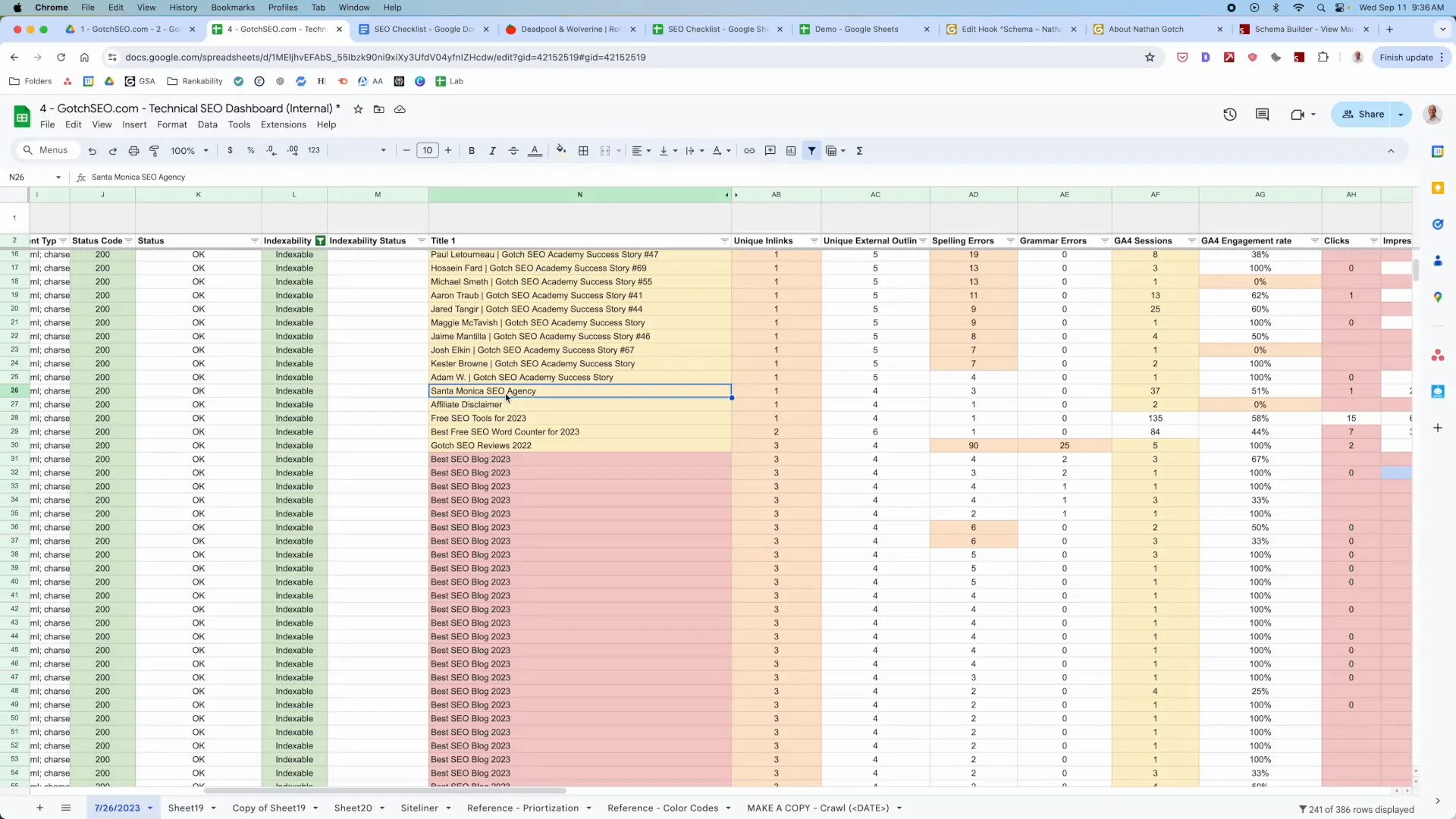
47. Competitor Internal Links
Check out the links, on your website. Compare them with those of your top competitors to spot any differences or missing connections.
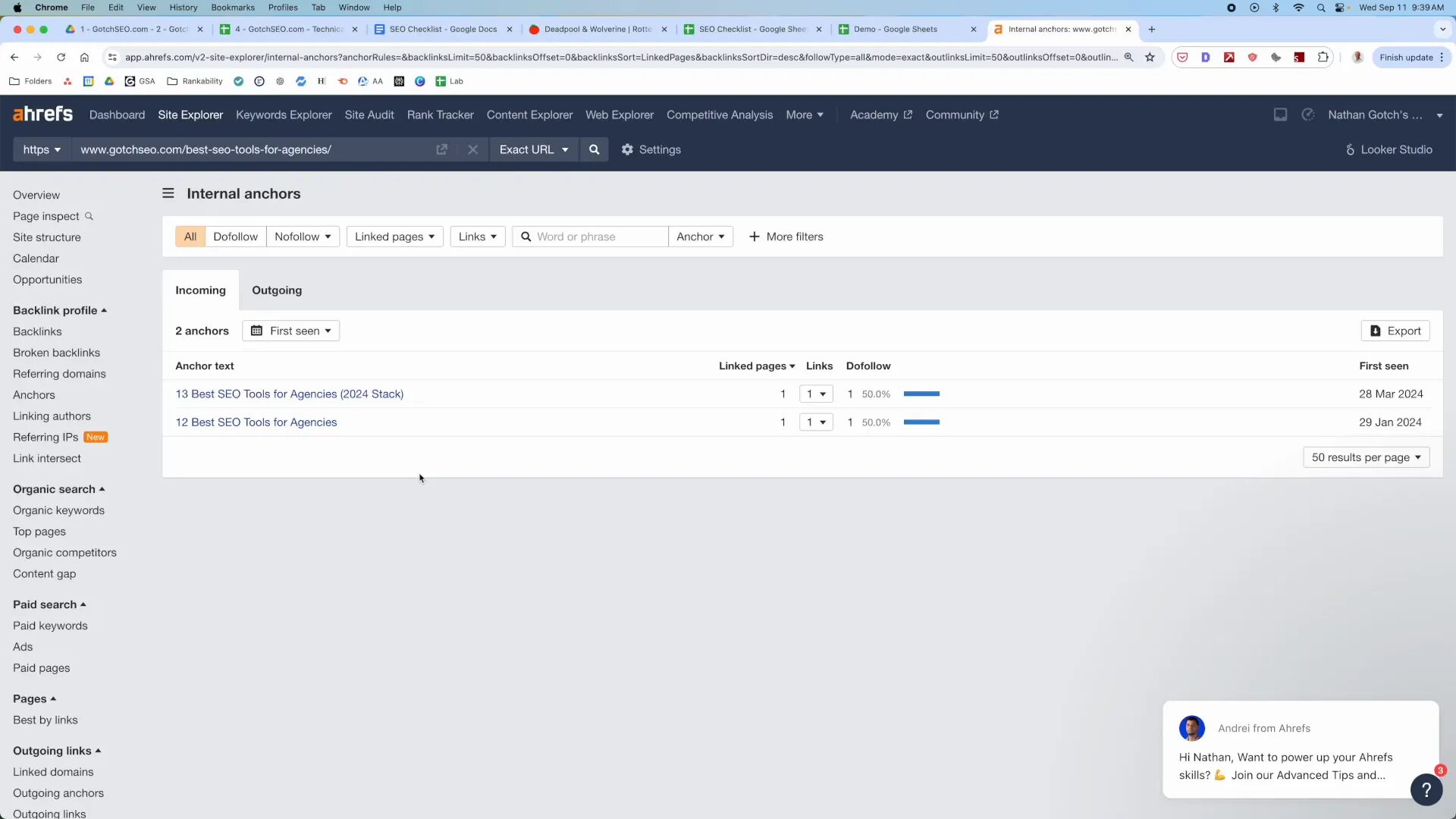
48. Page Depth
Make sure that all pages are easily accessible, within three clicks of your websites structure.
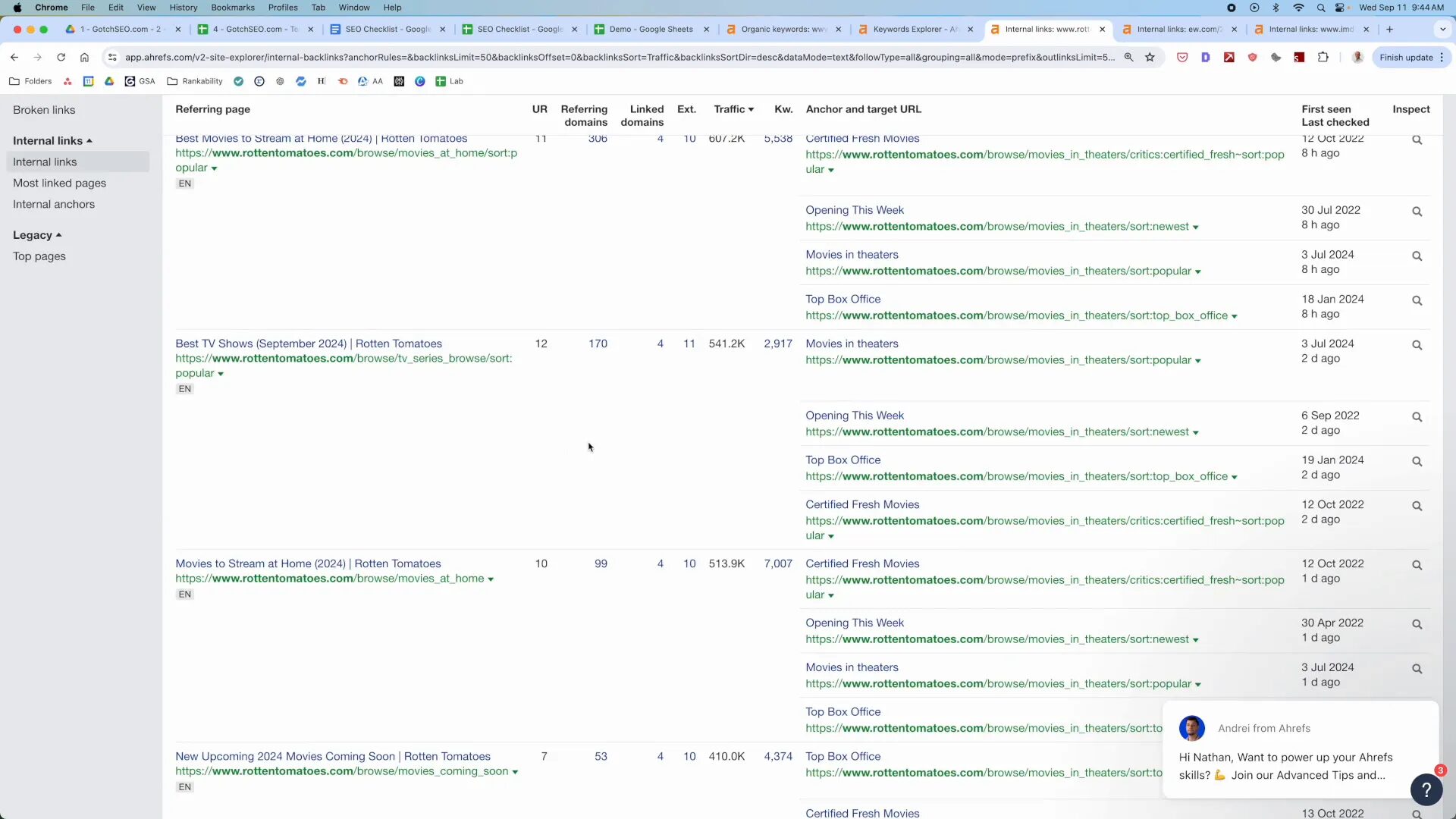
49. Supporting Assets
Every page should include a minimum of five supporting elements to boost credibility.
Make sure to follow this guide to help your website rank well in terms of SEO by 2025 and remember to review and refresh your content to ensure it stays current and engaging!
















